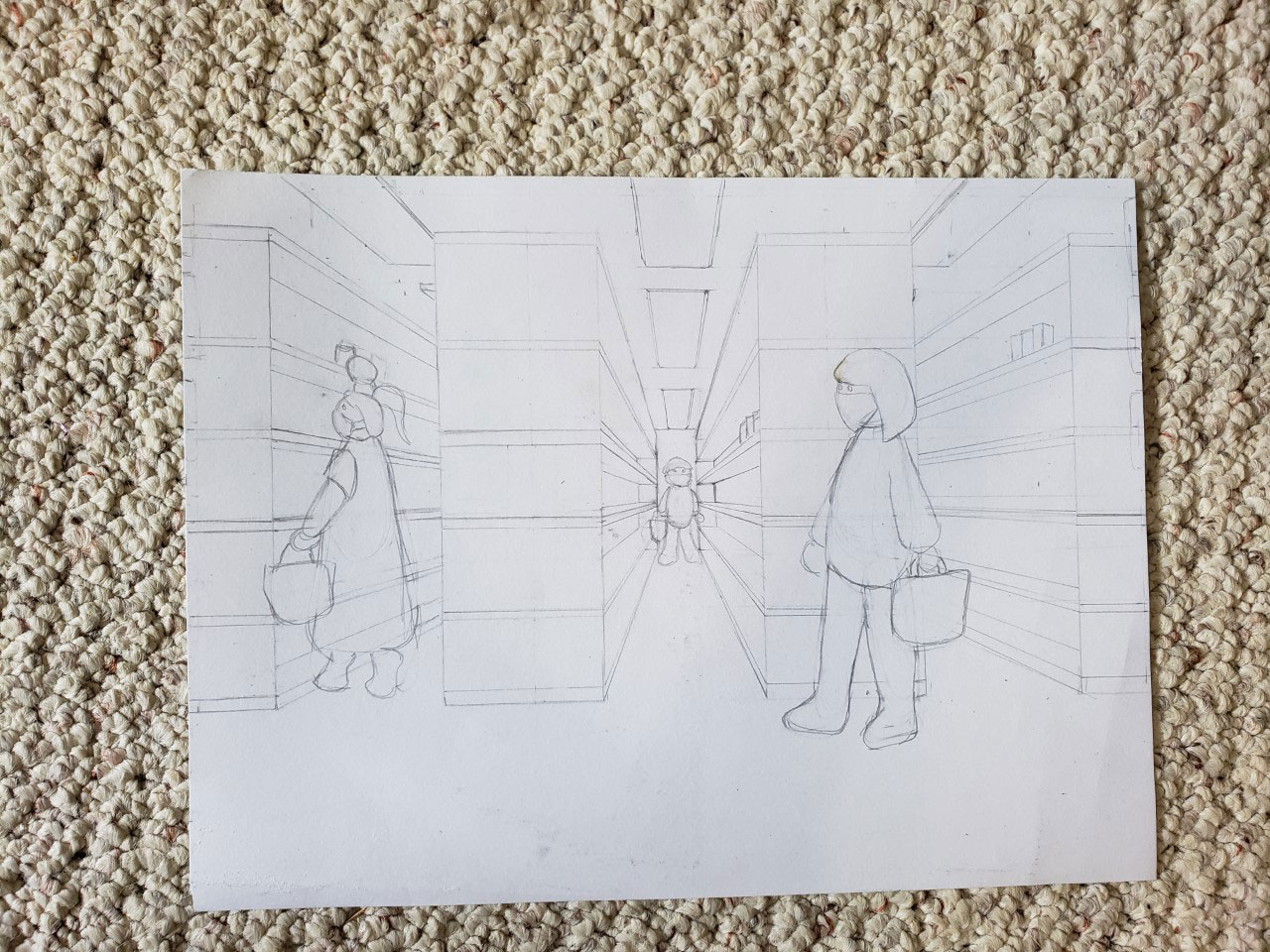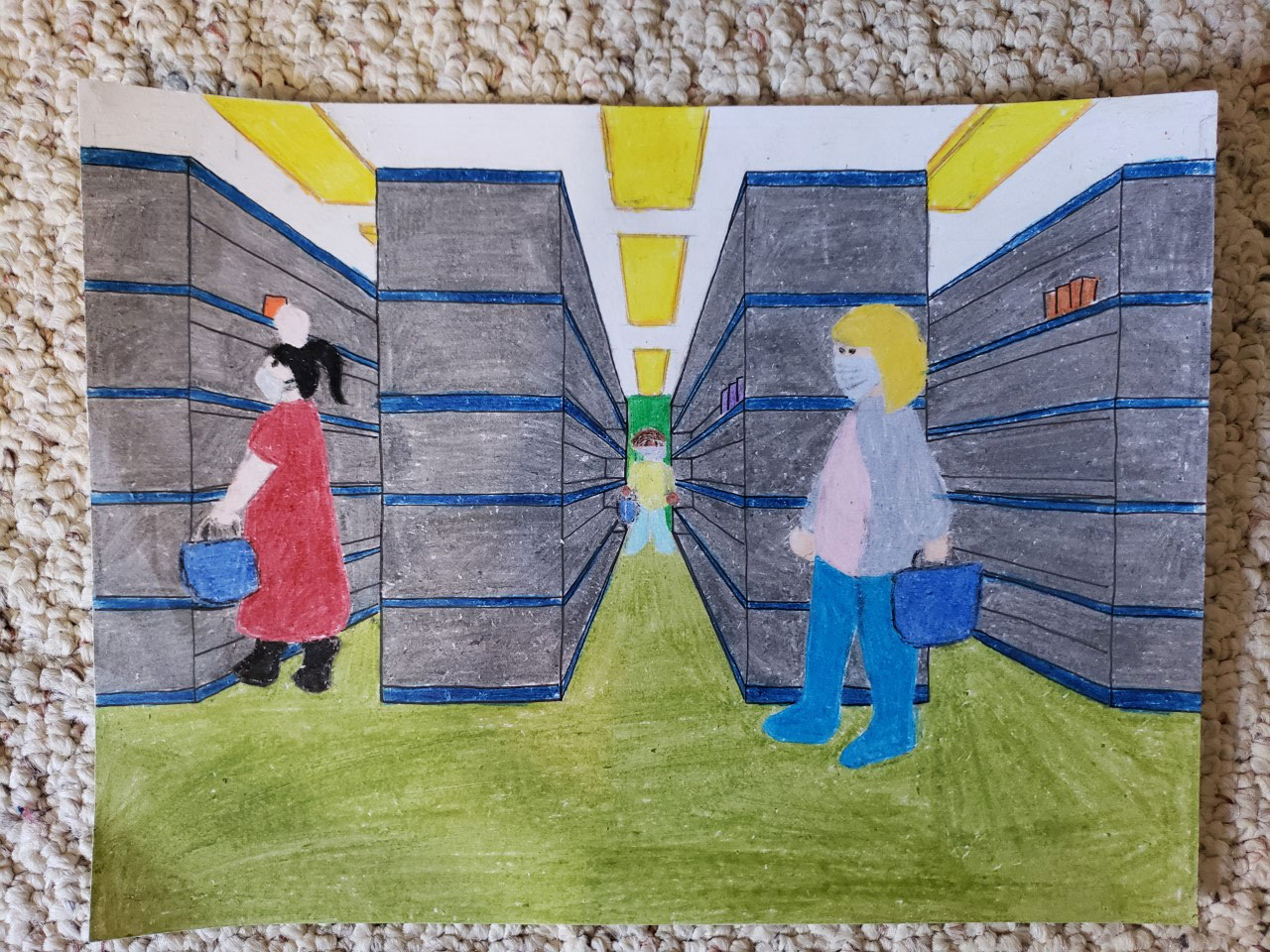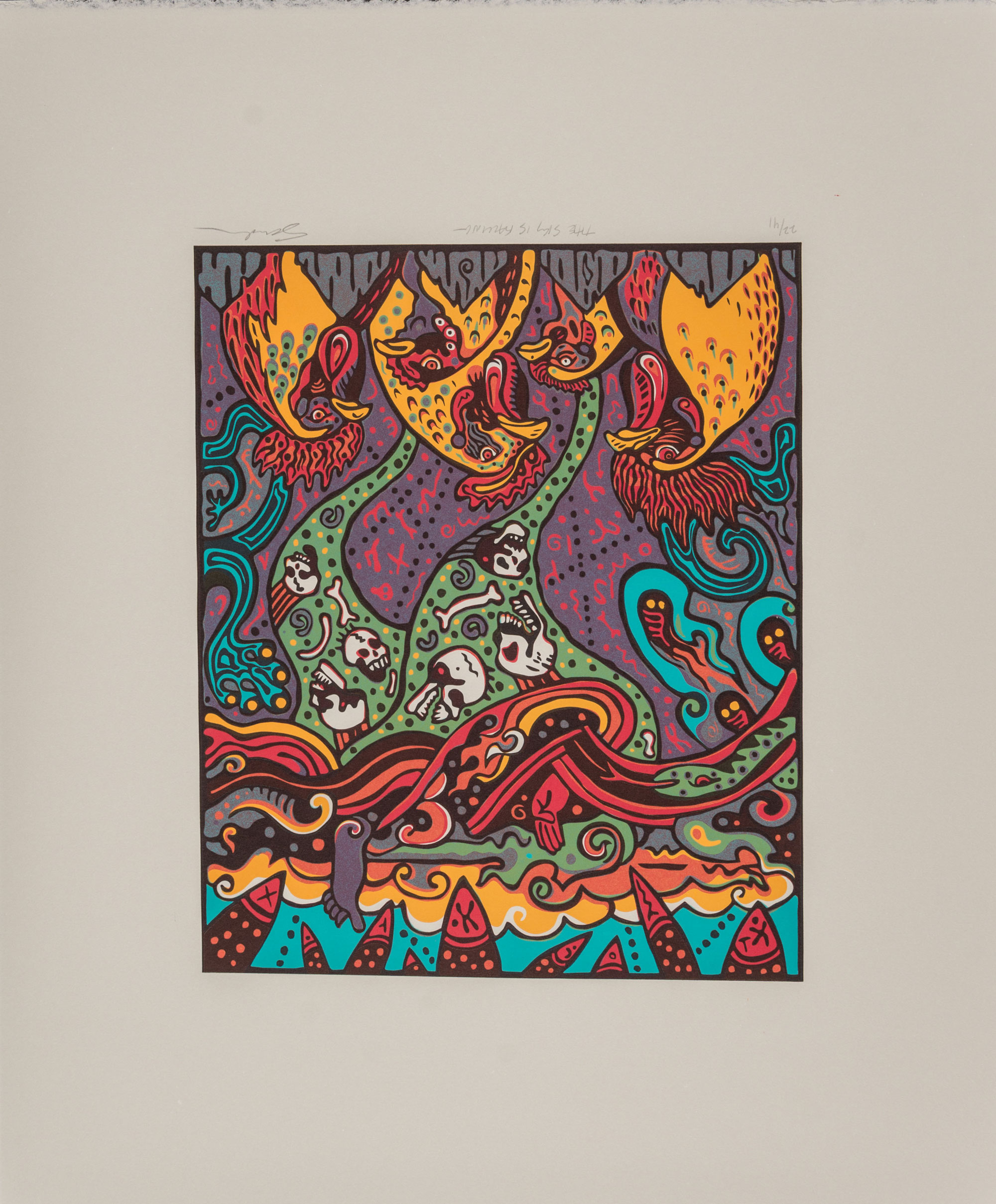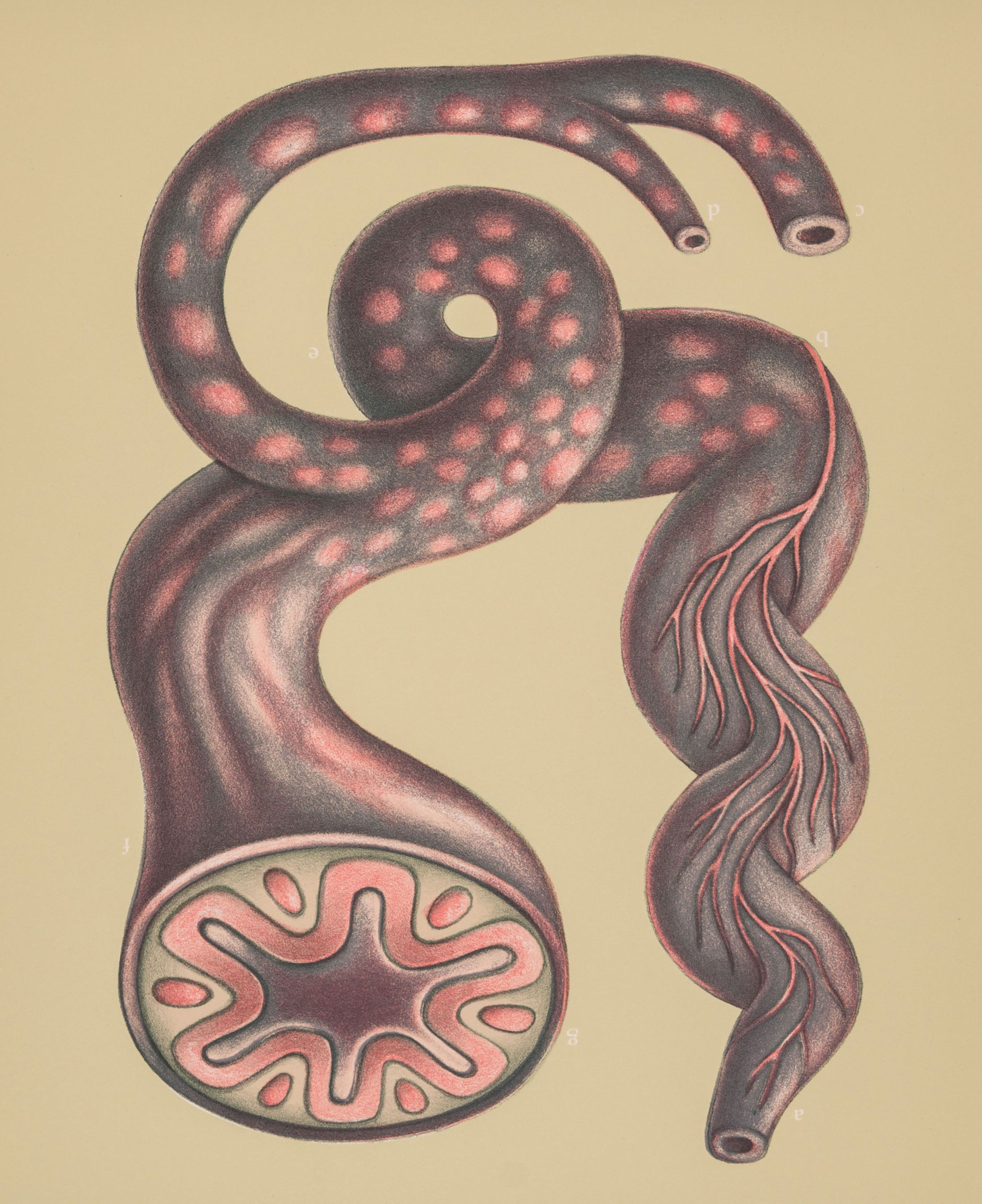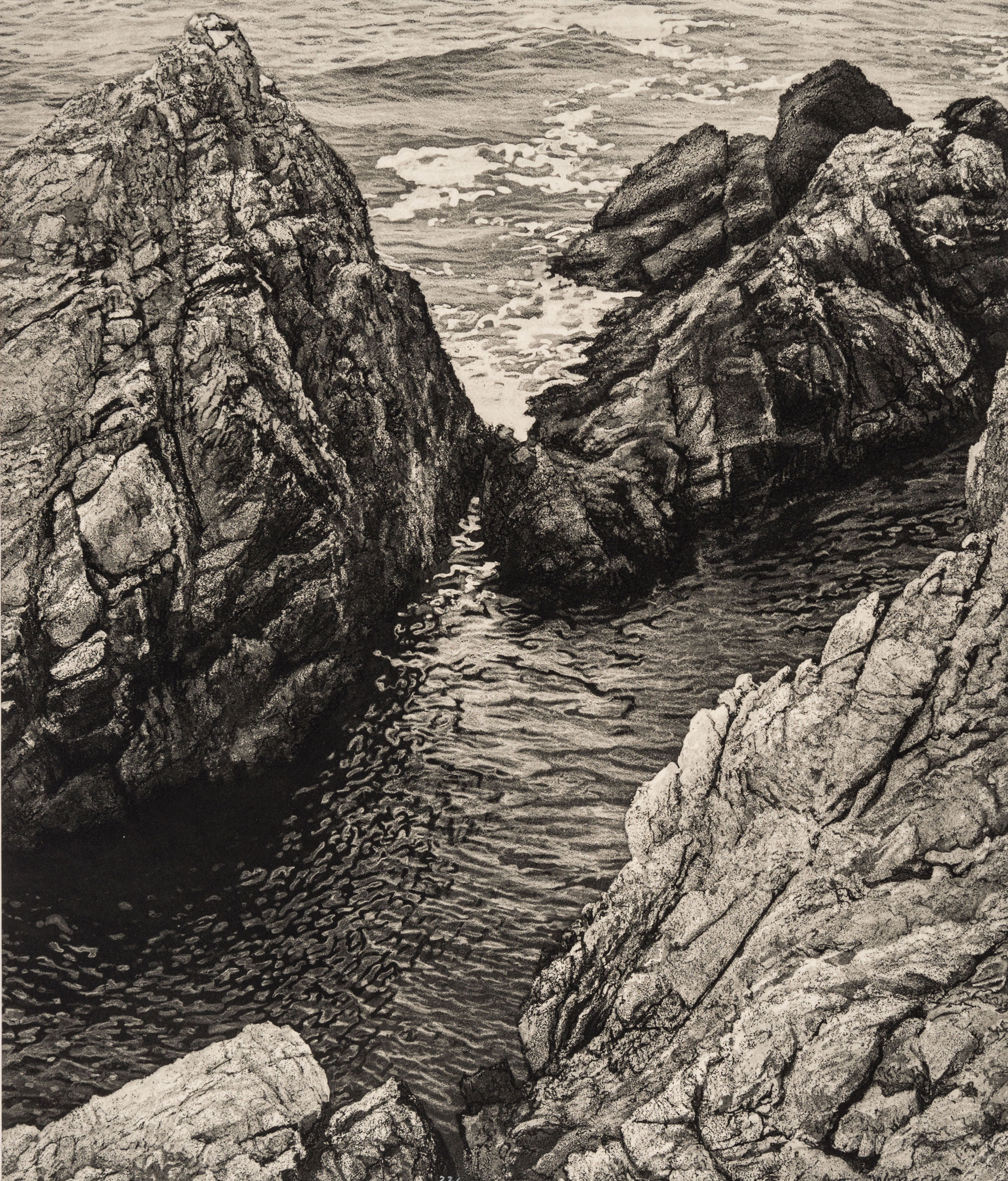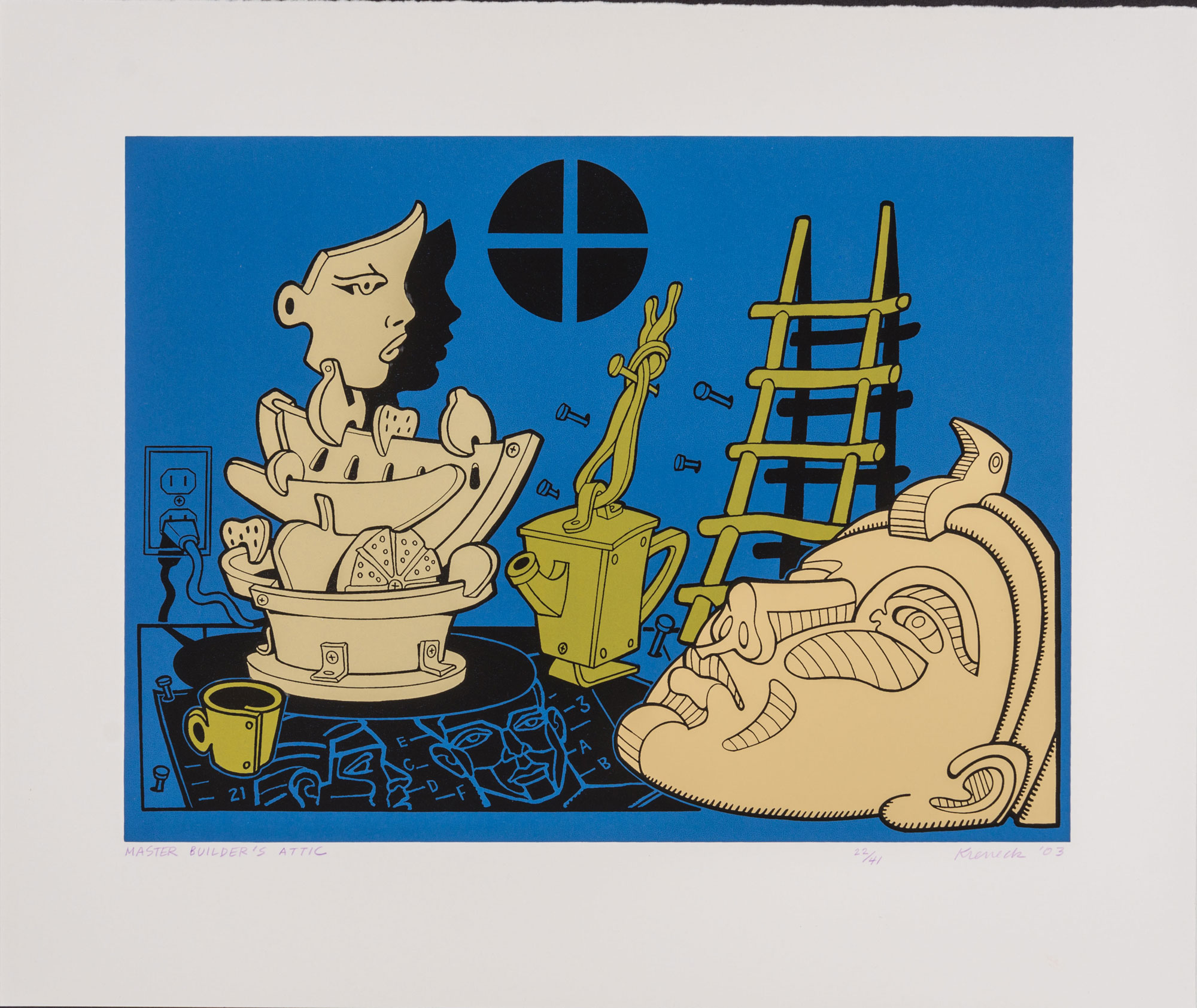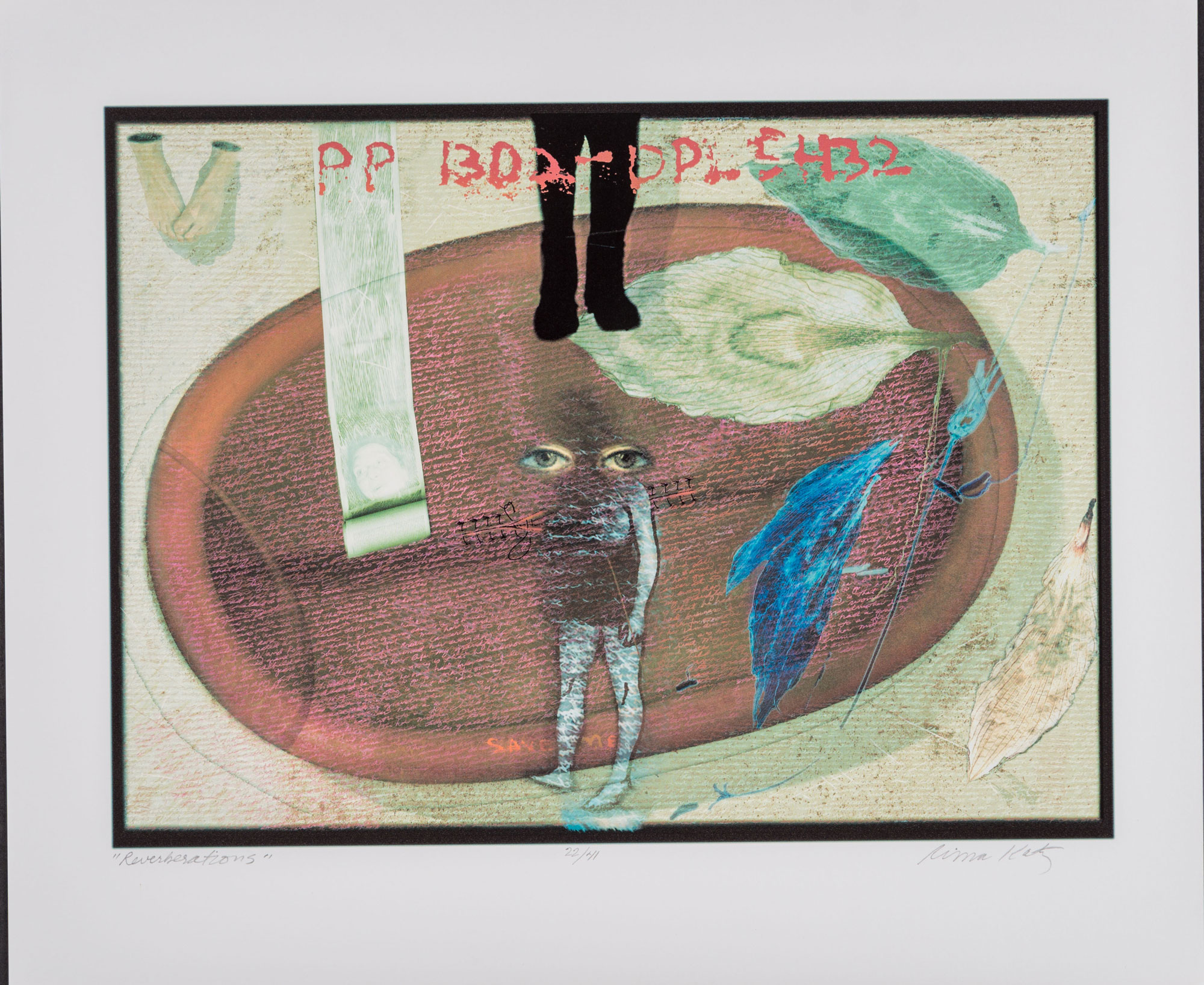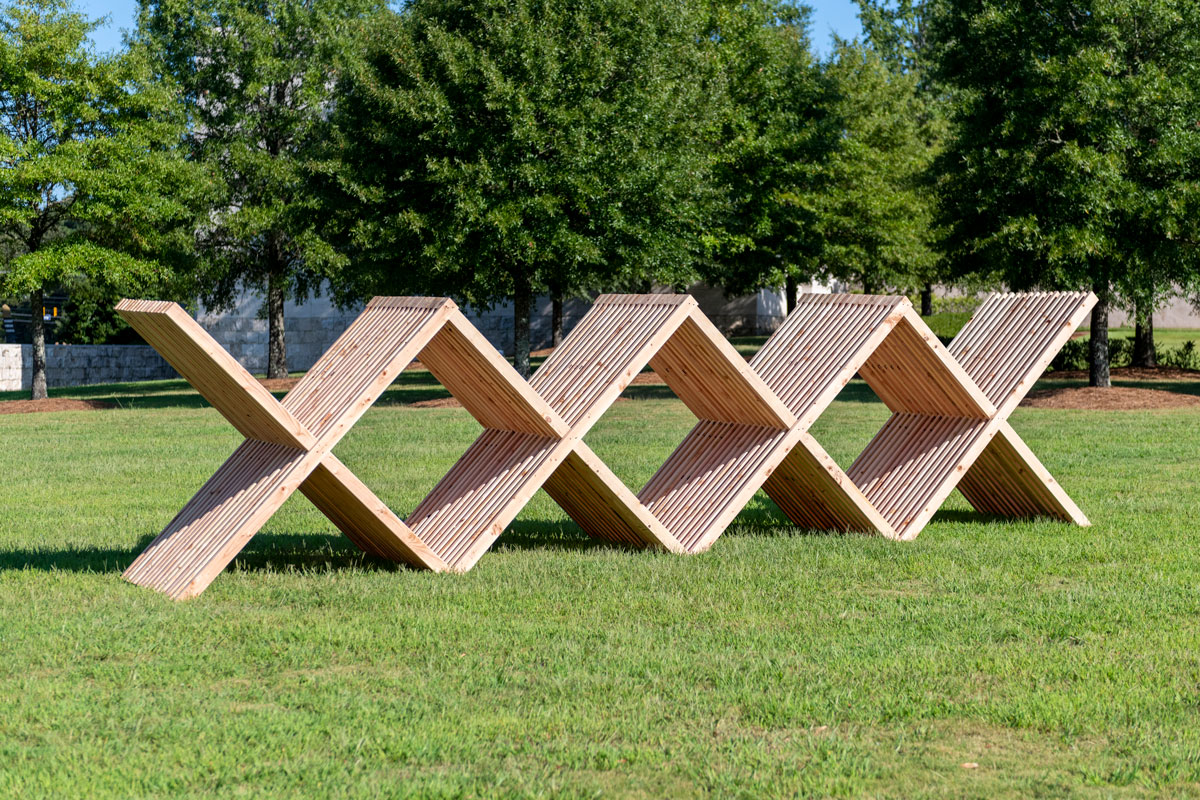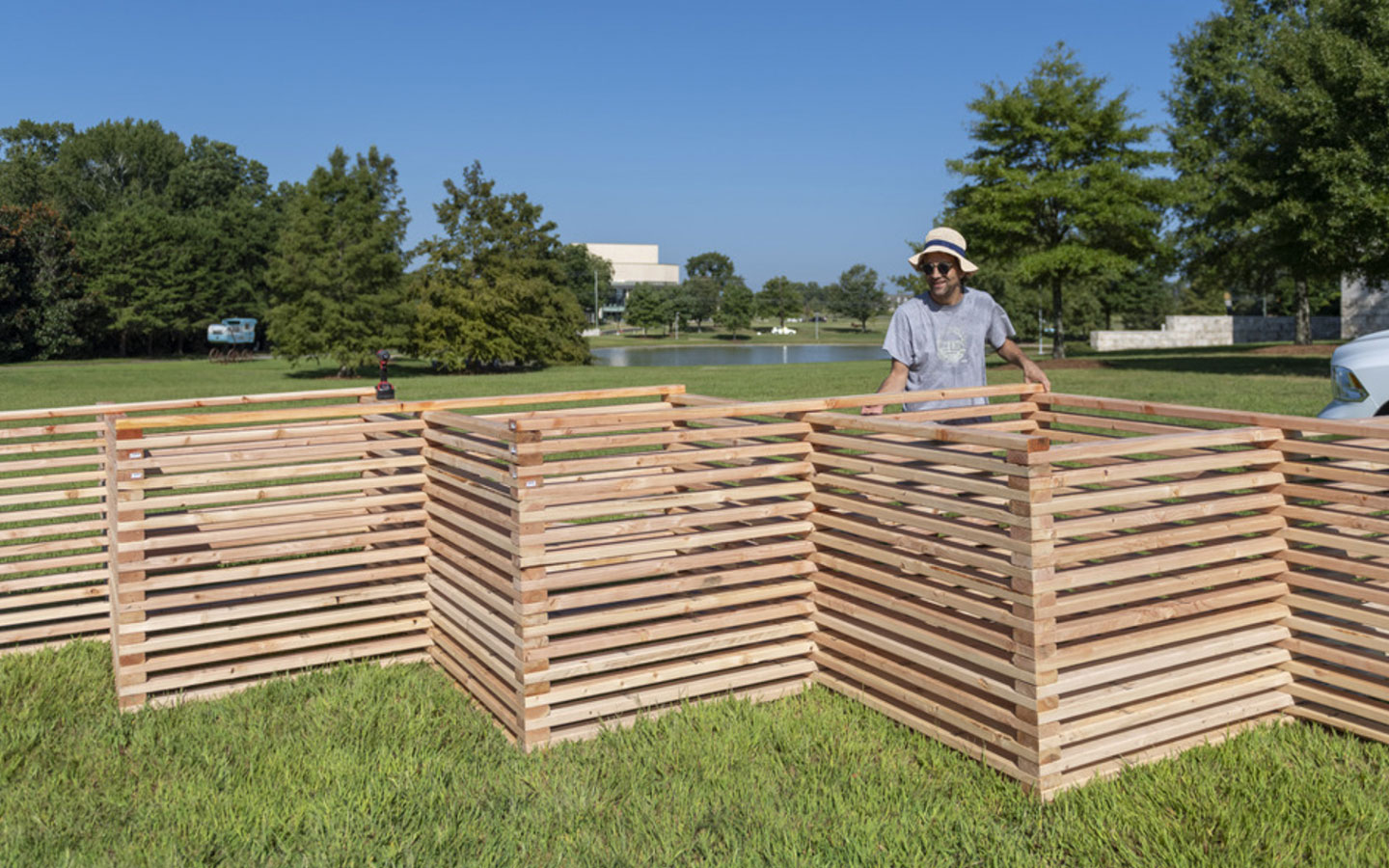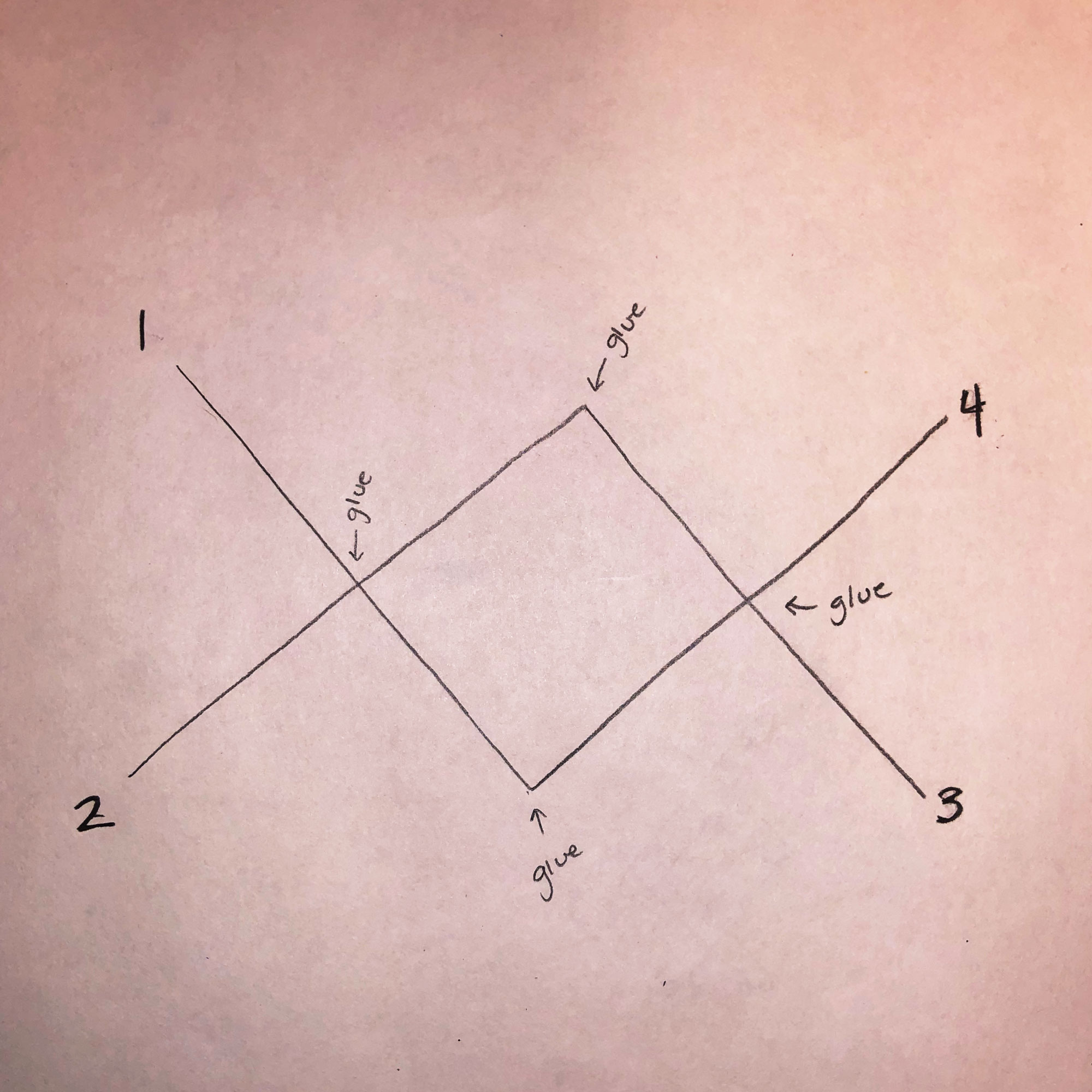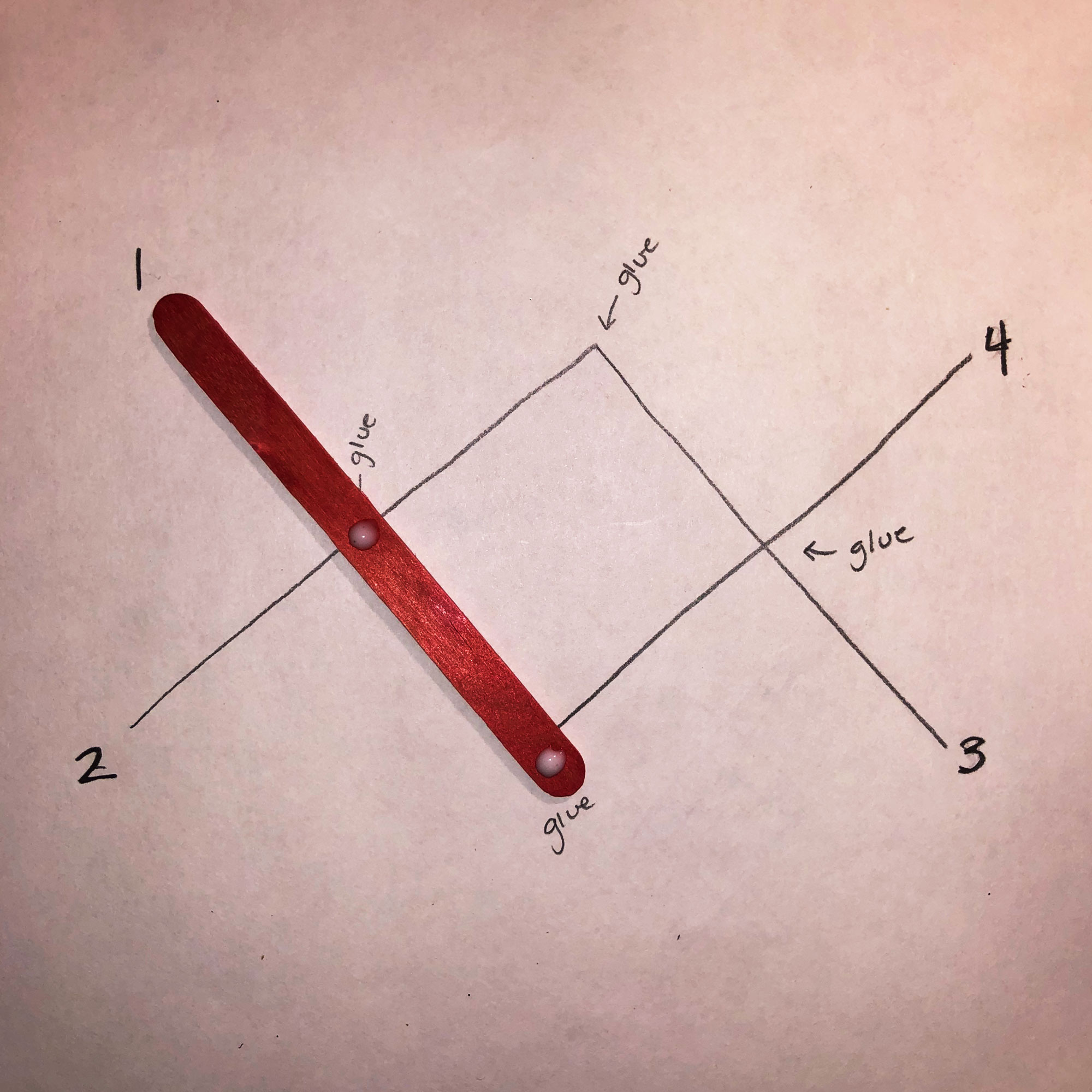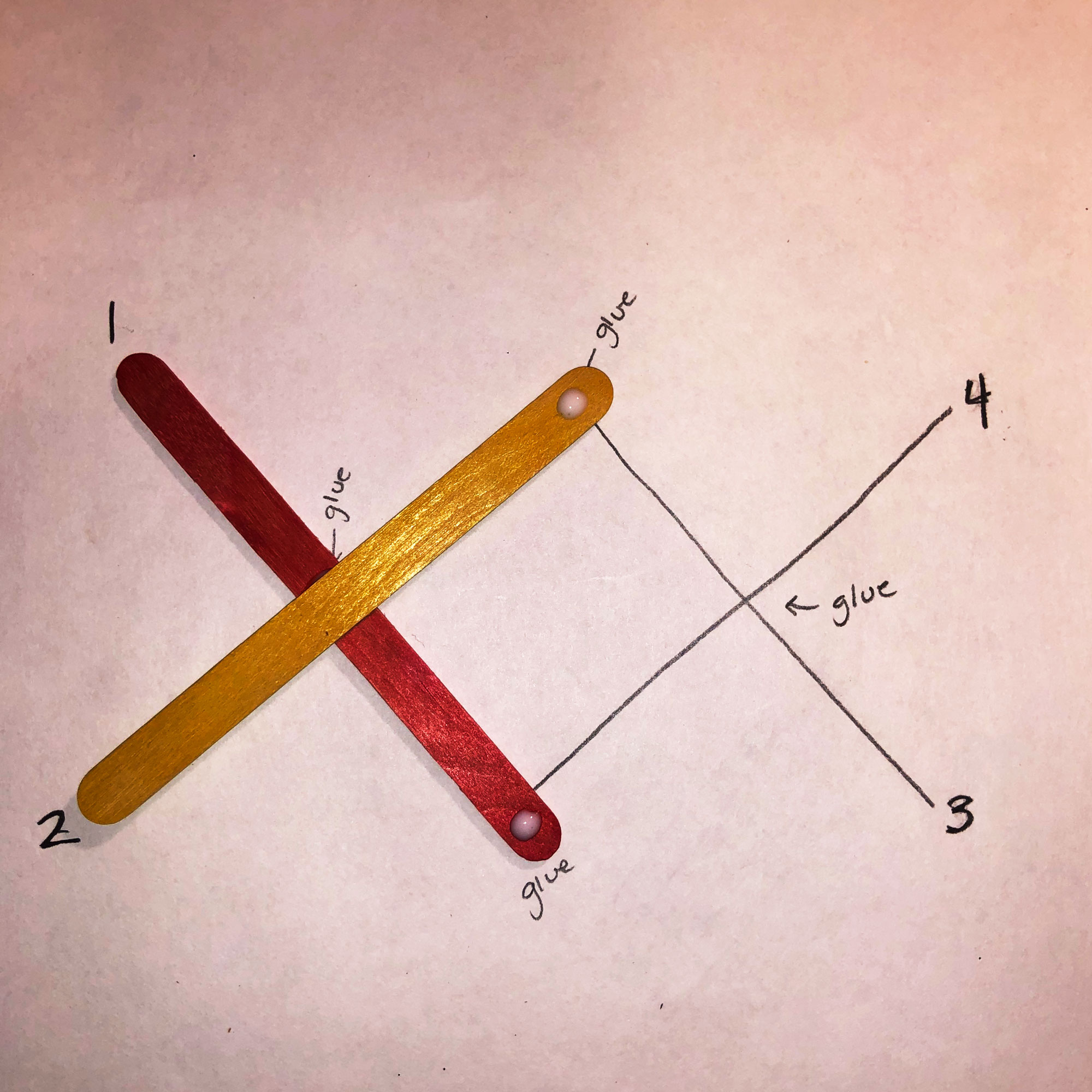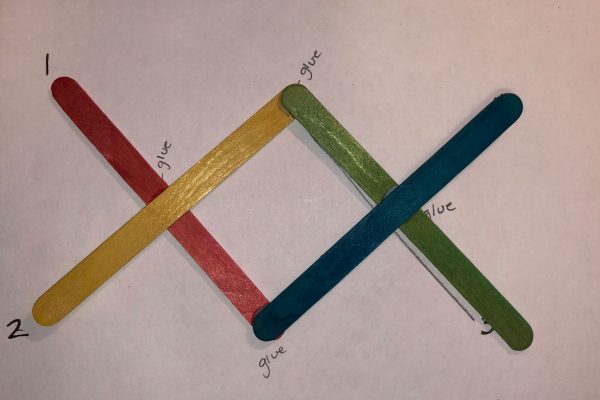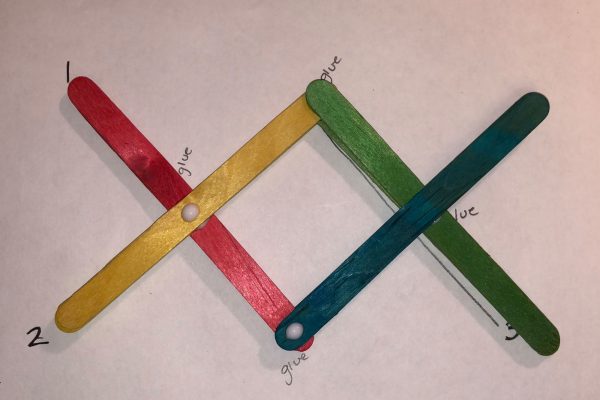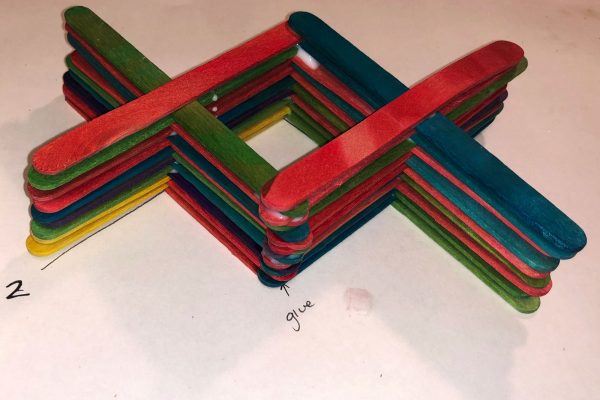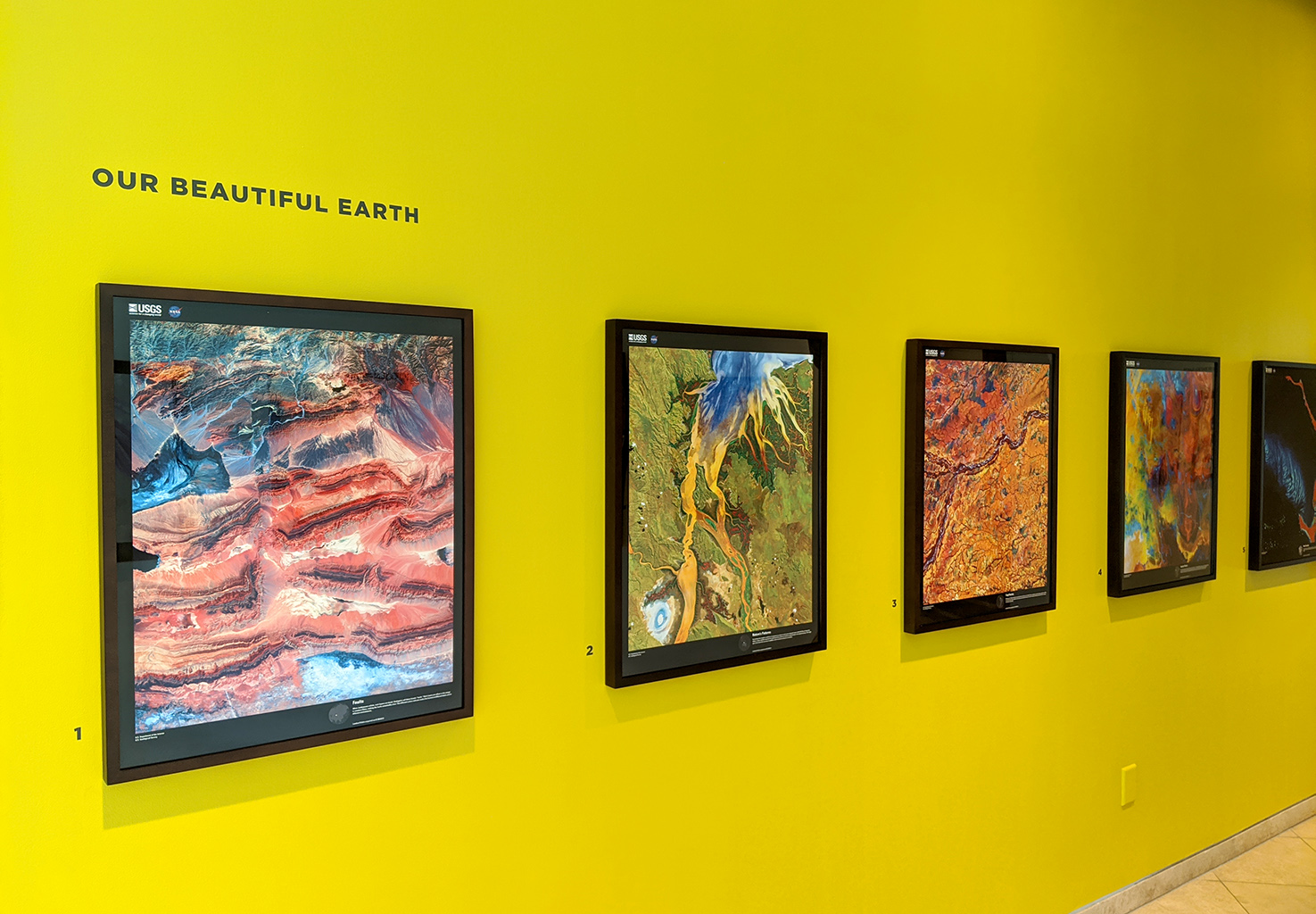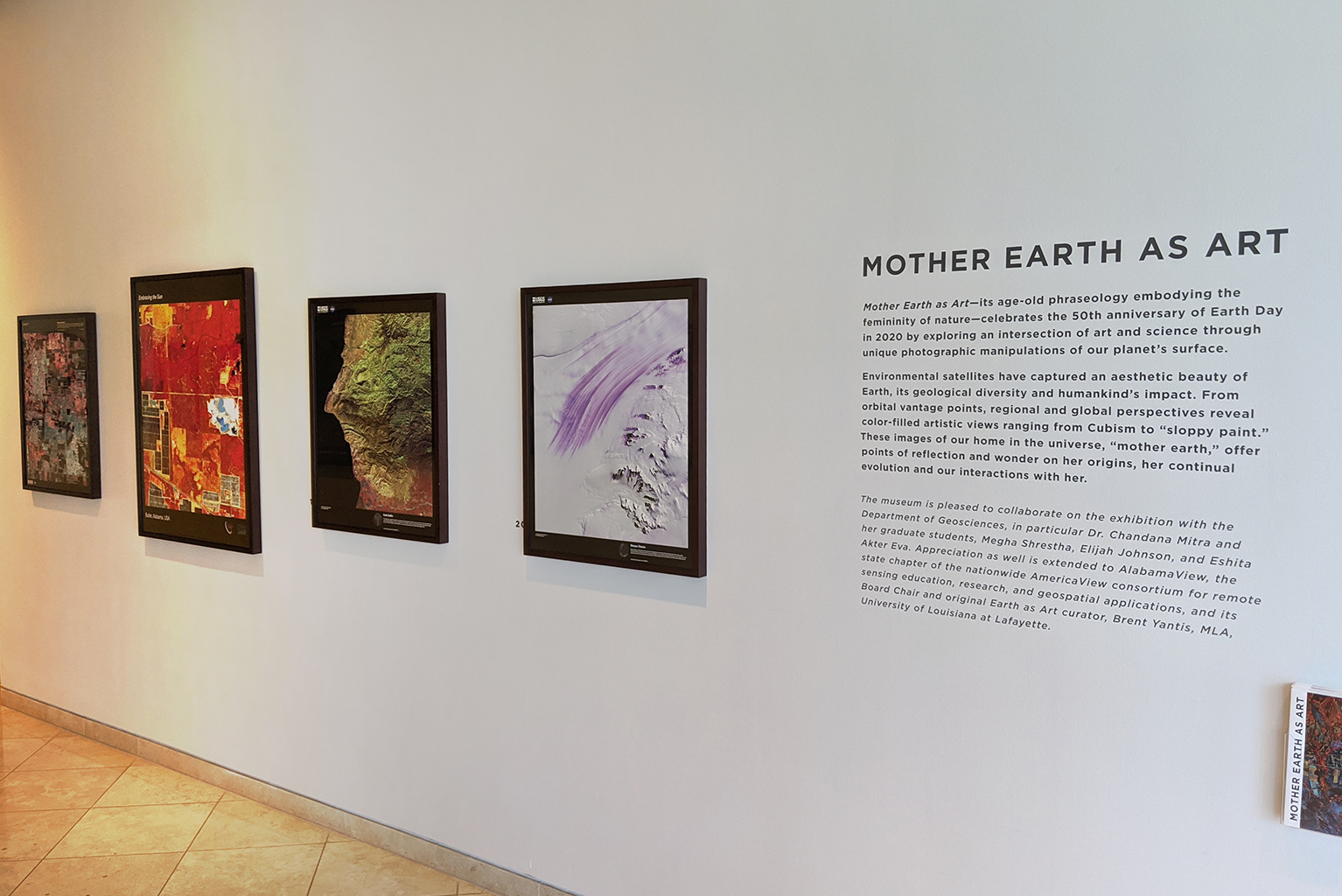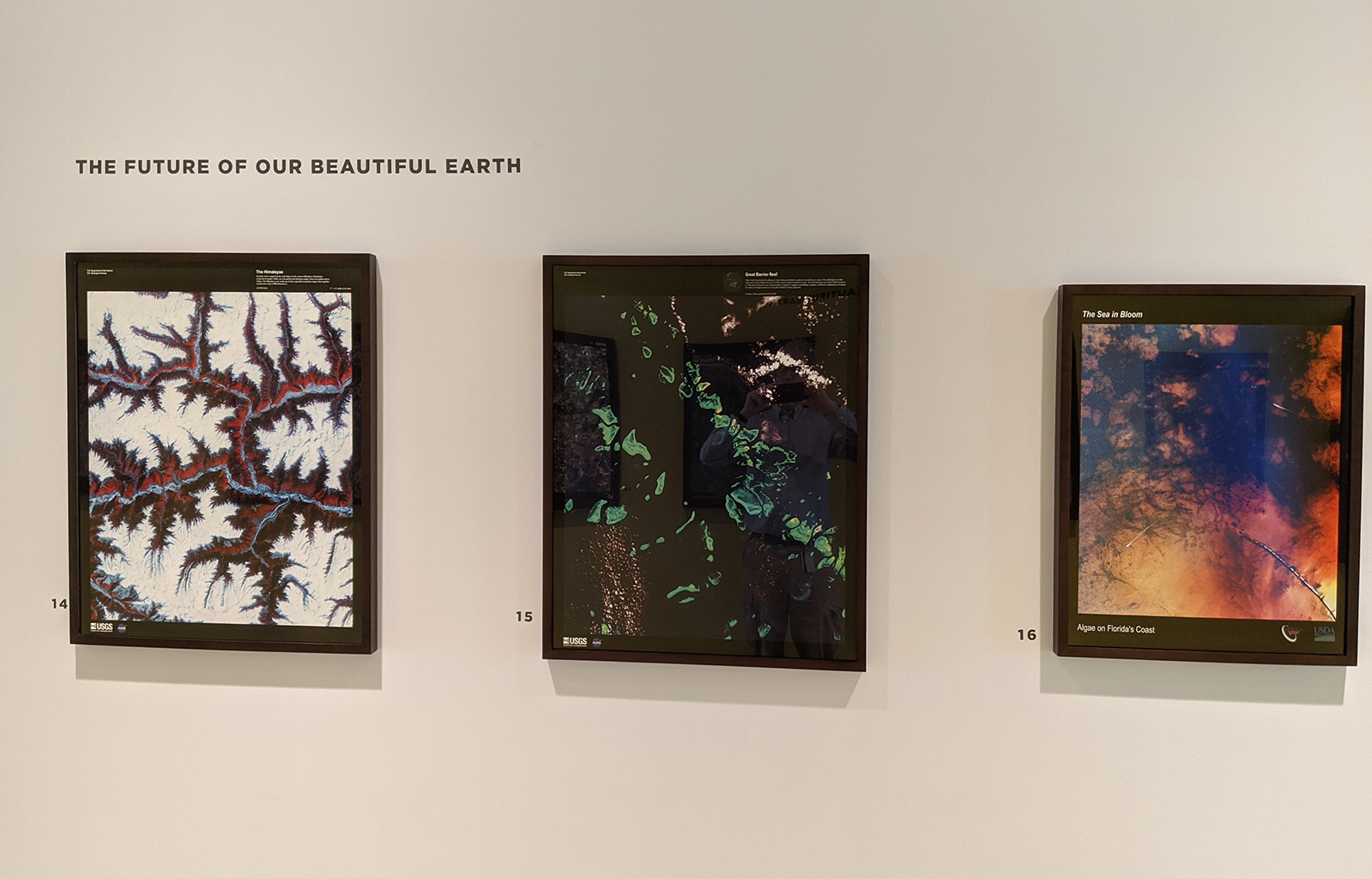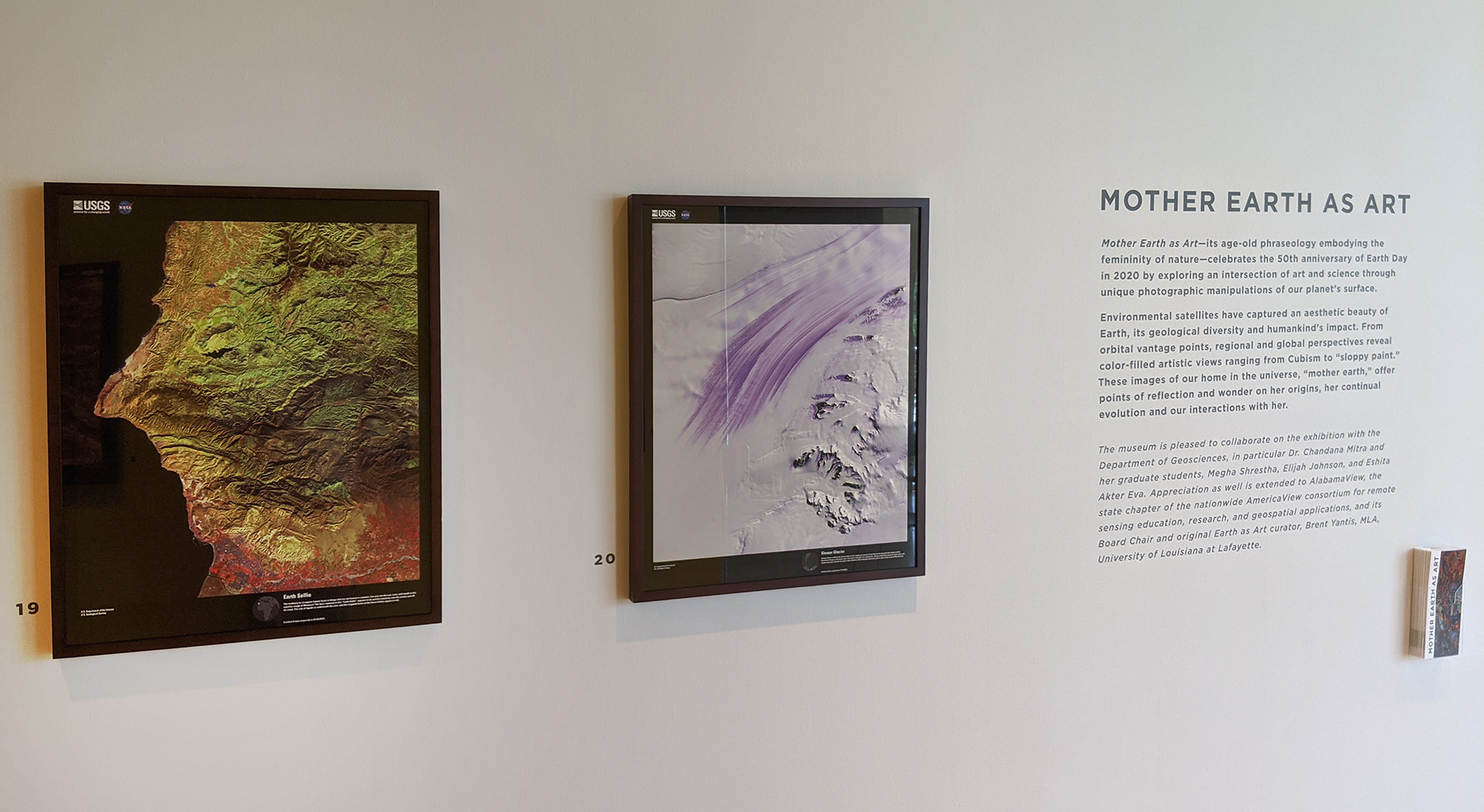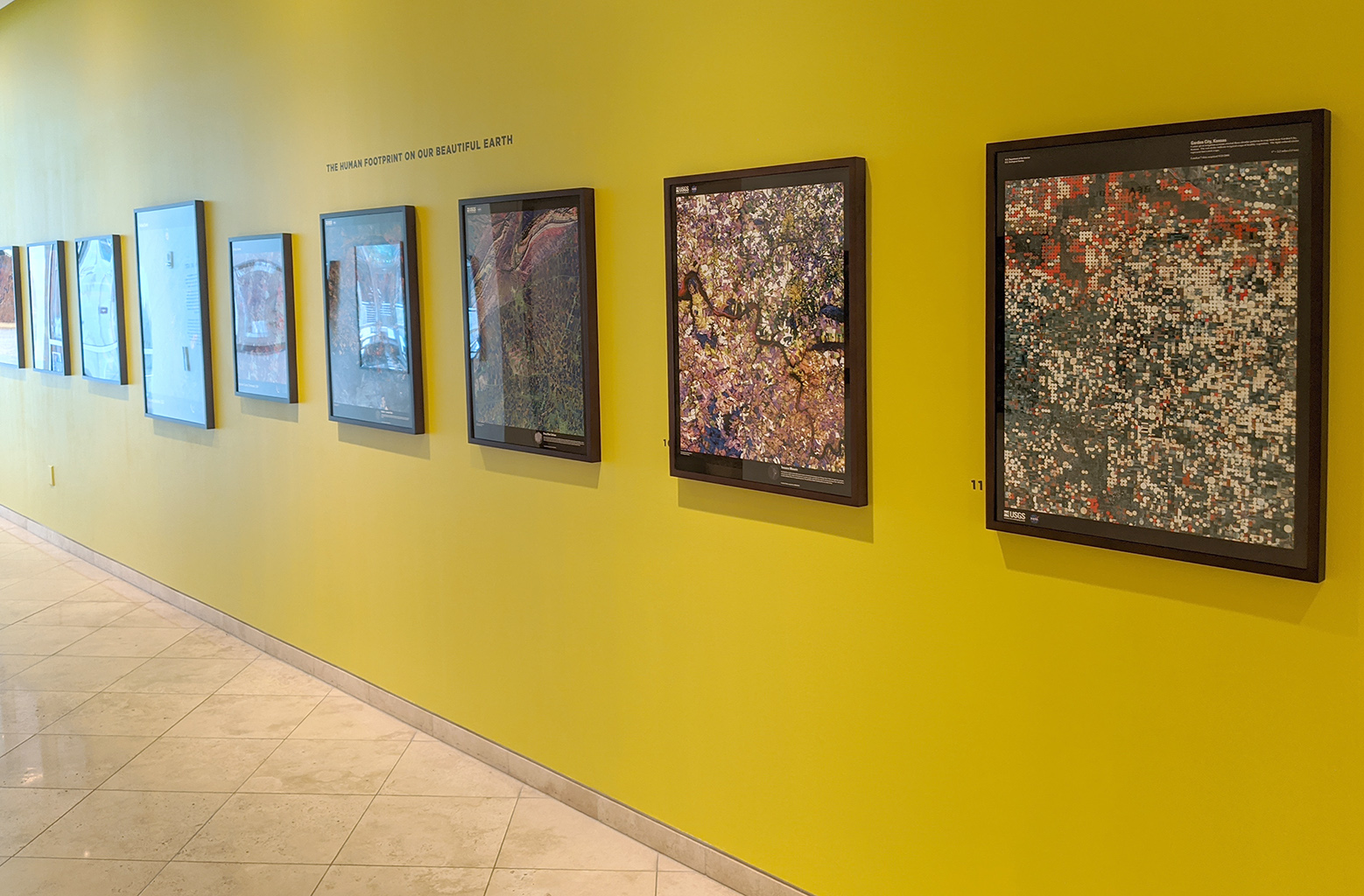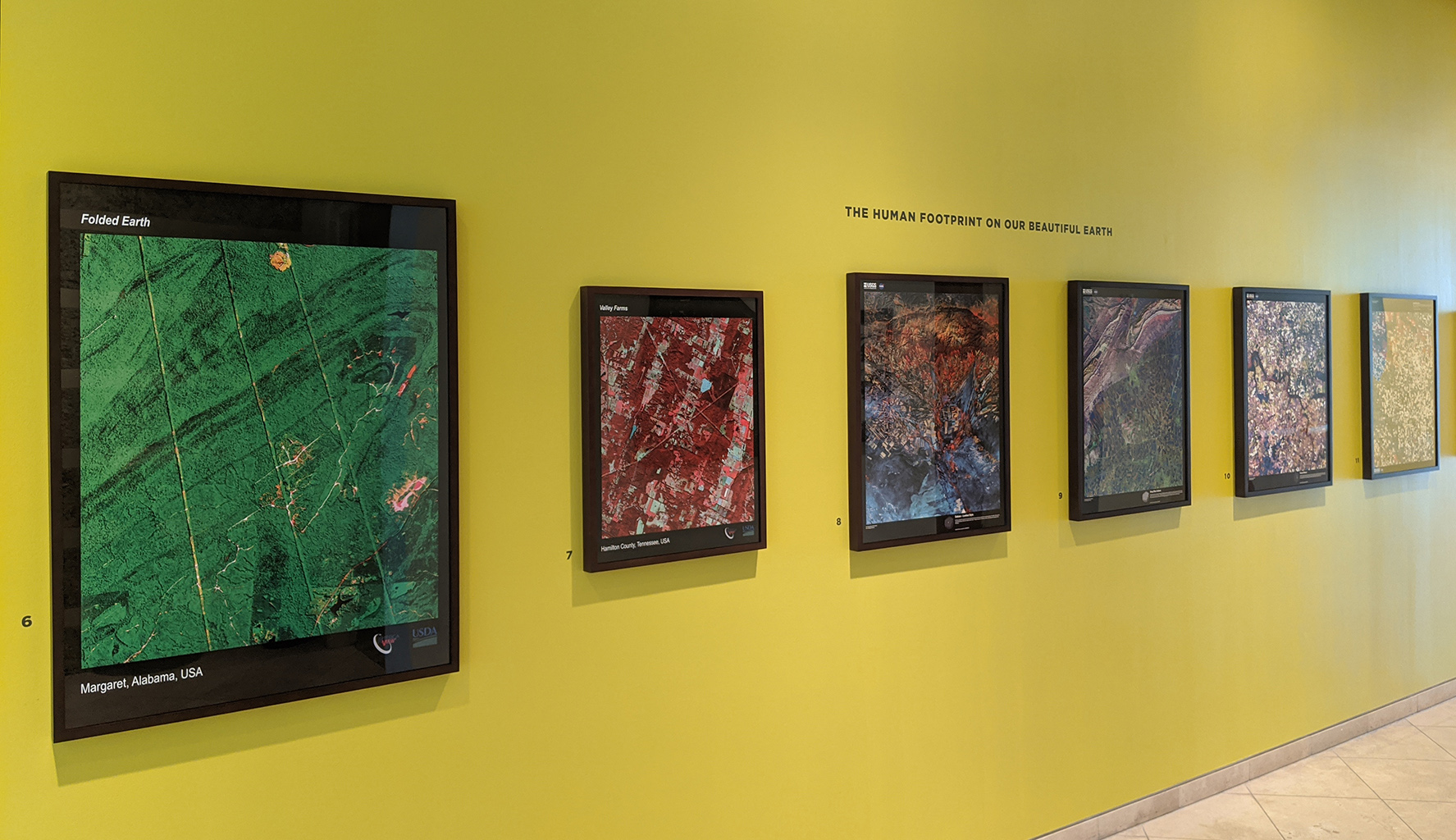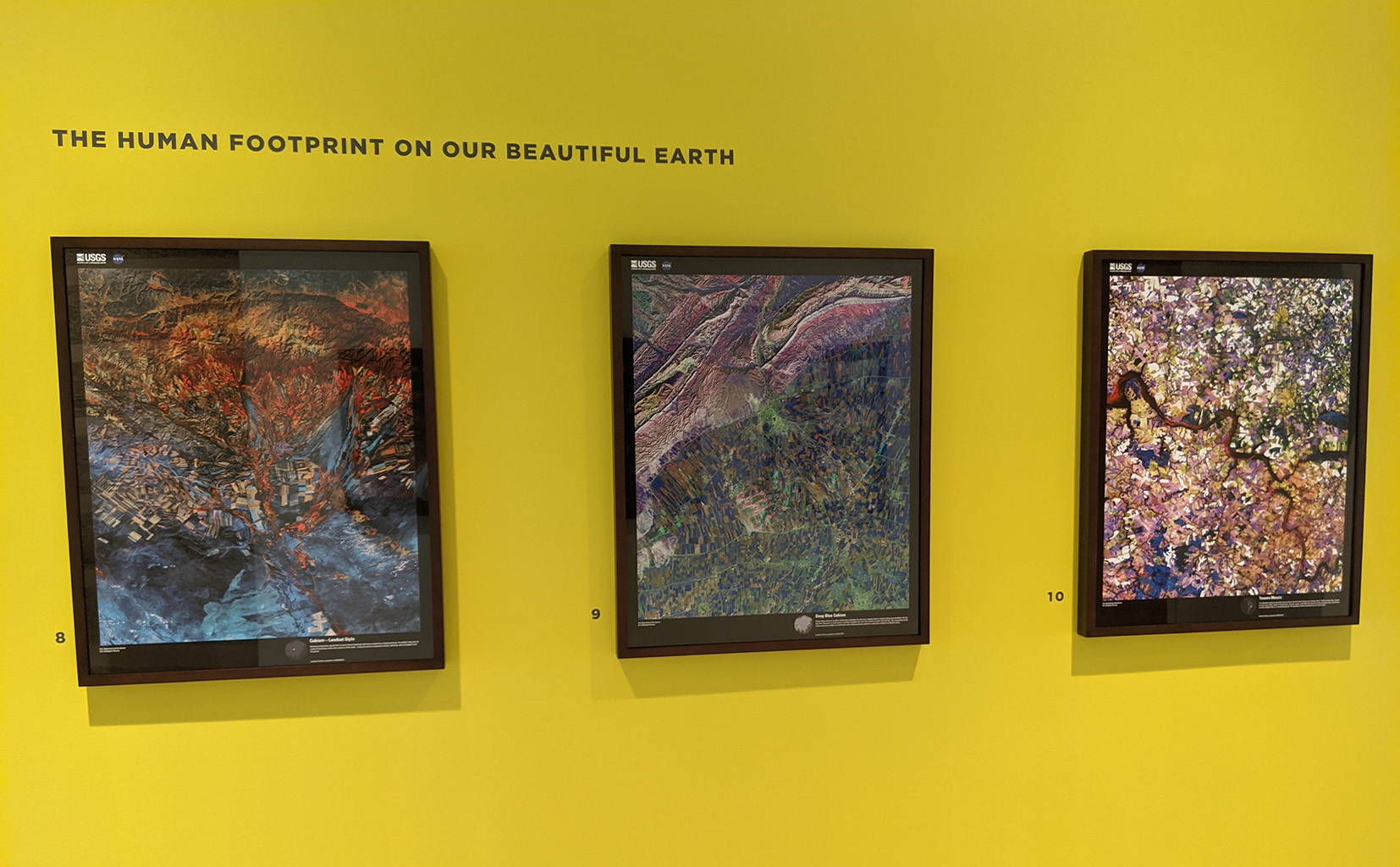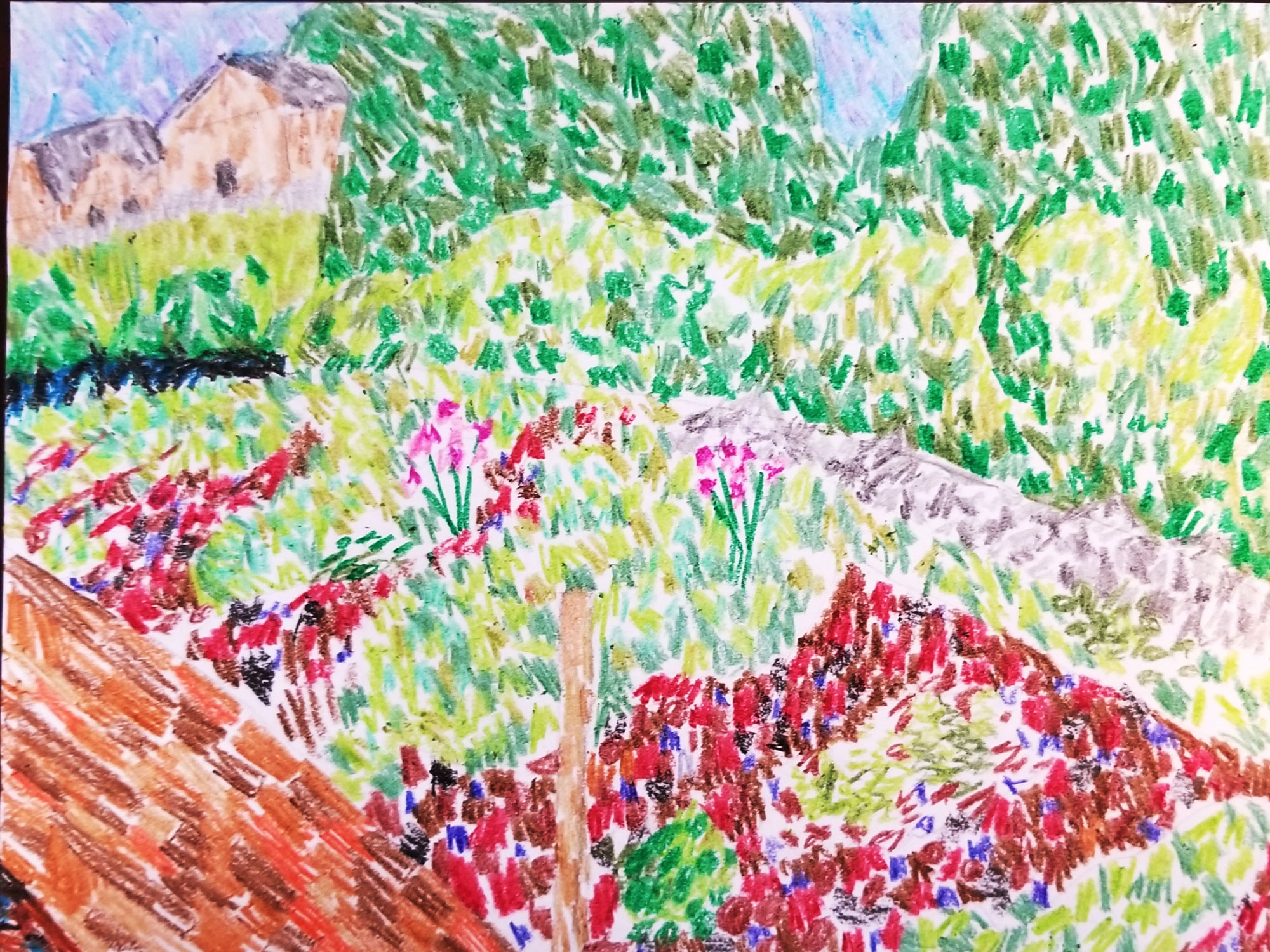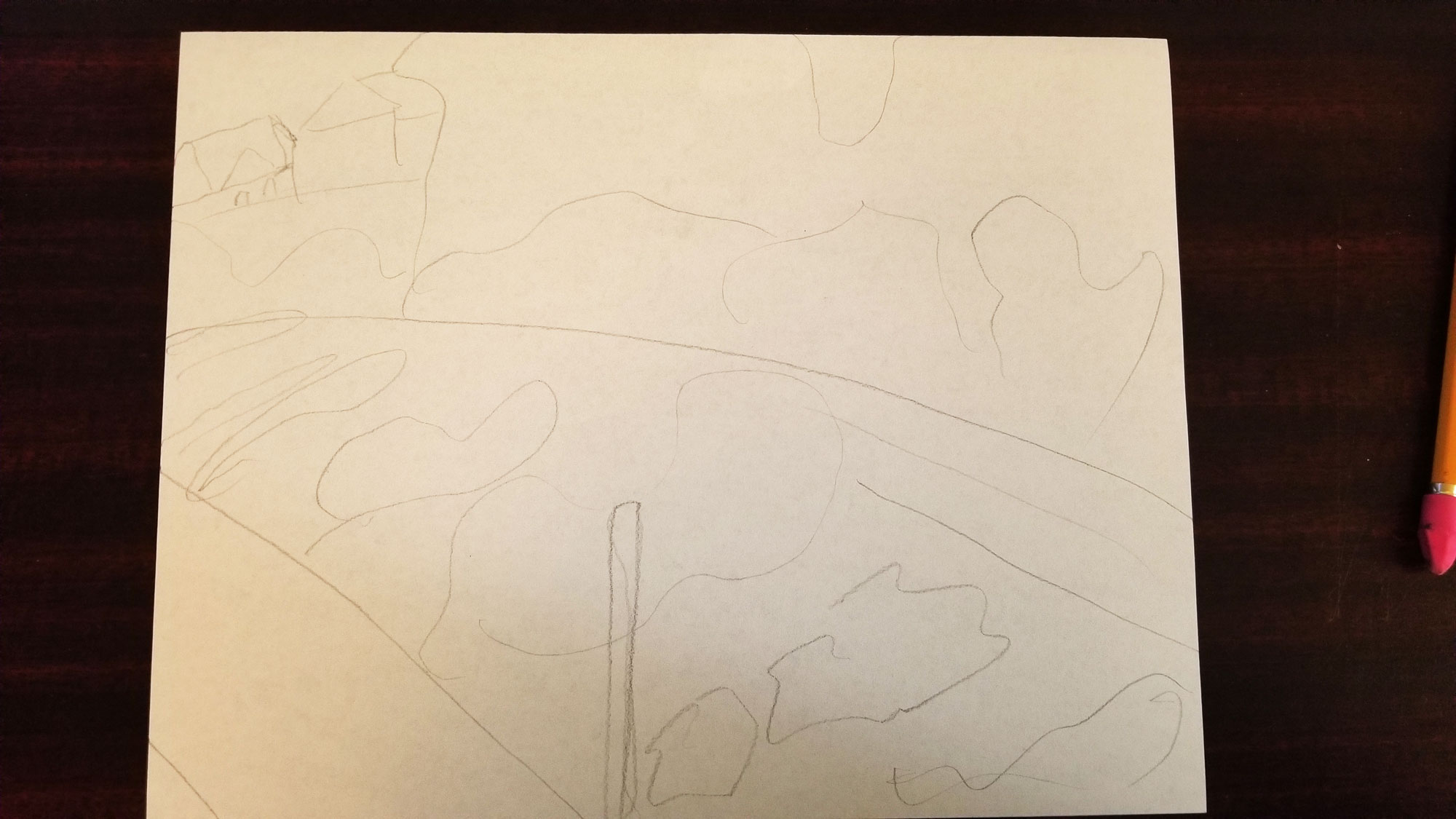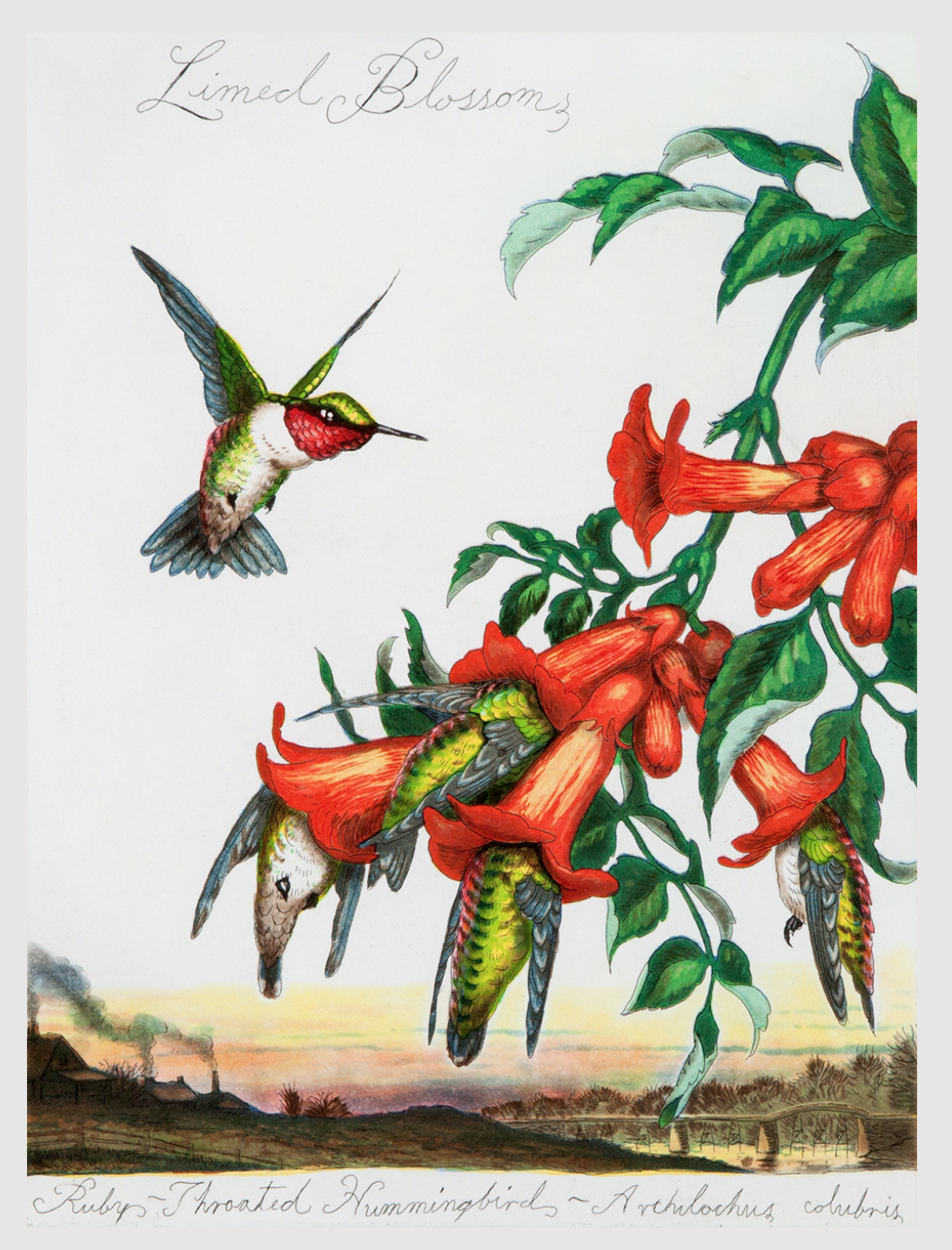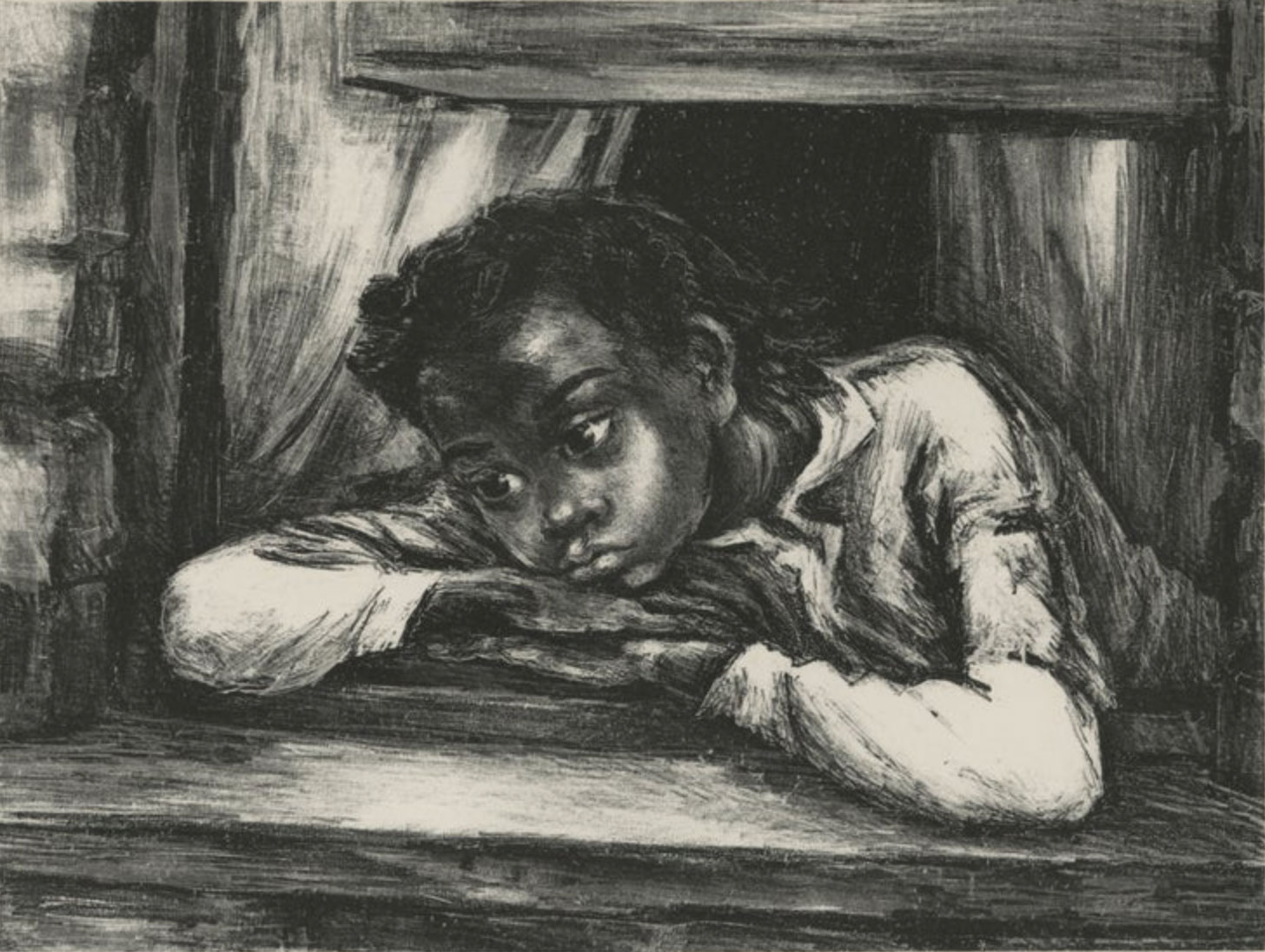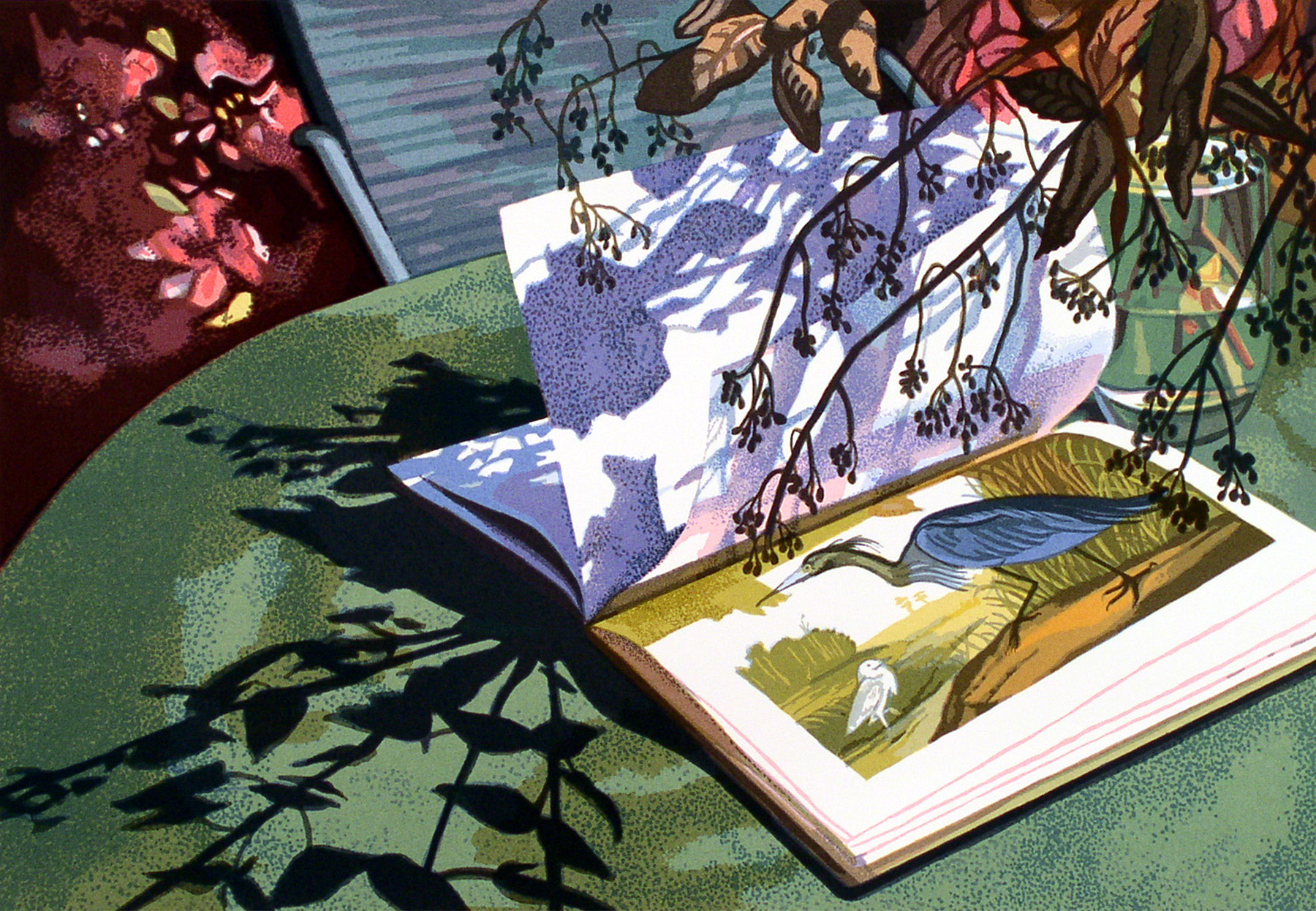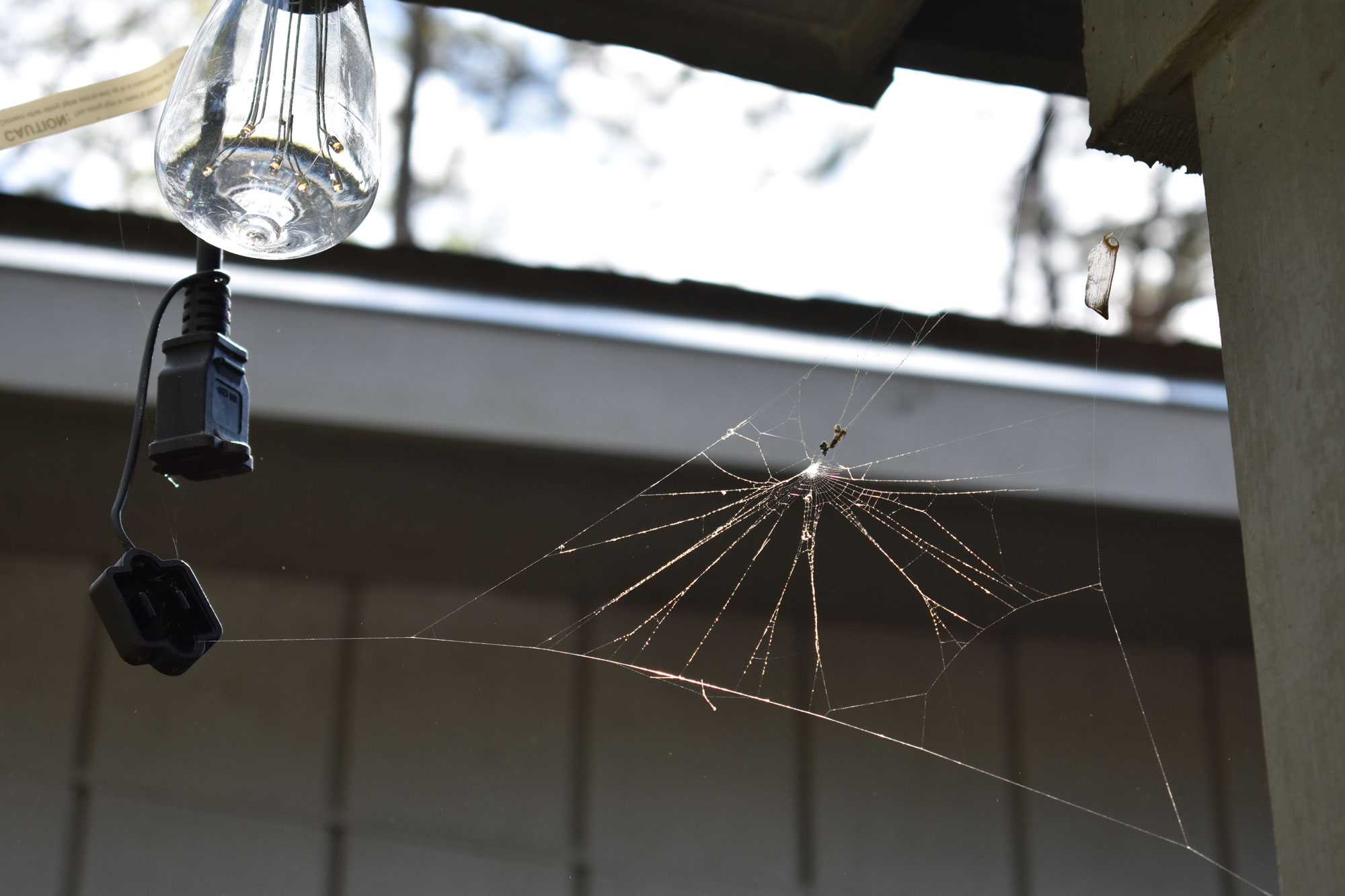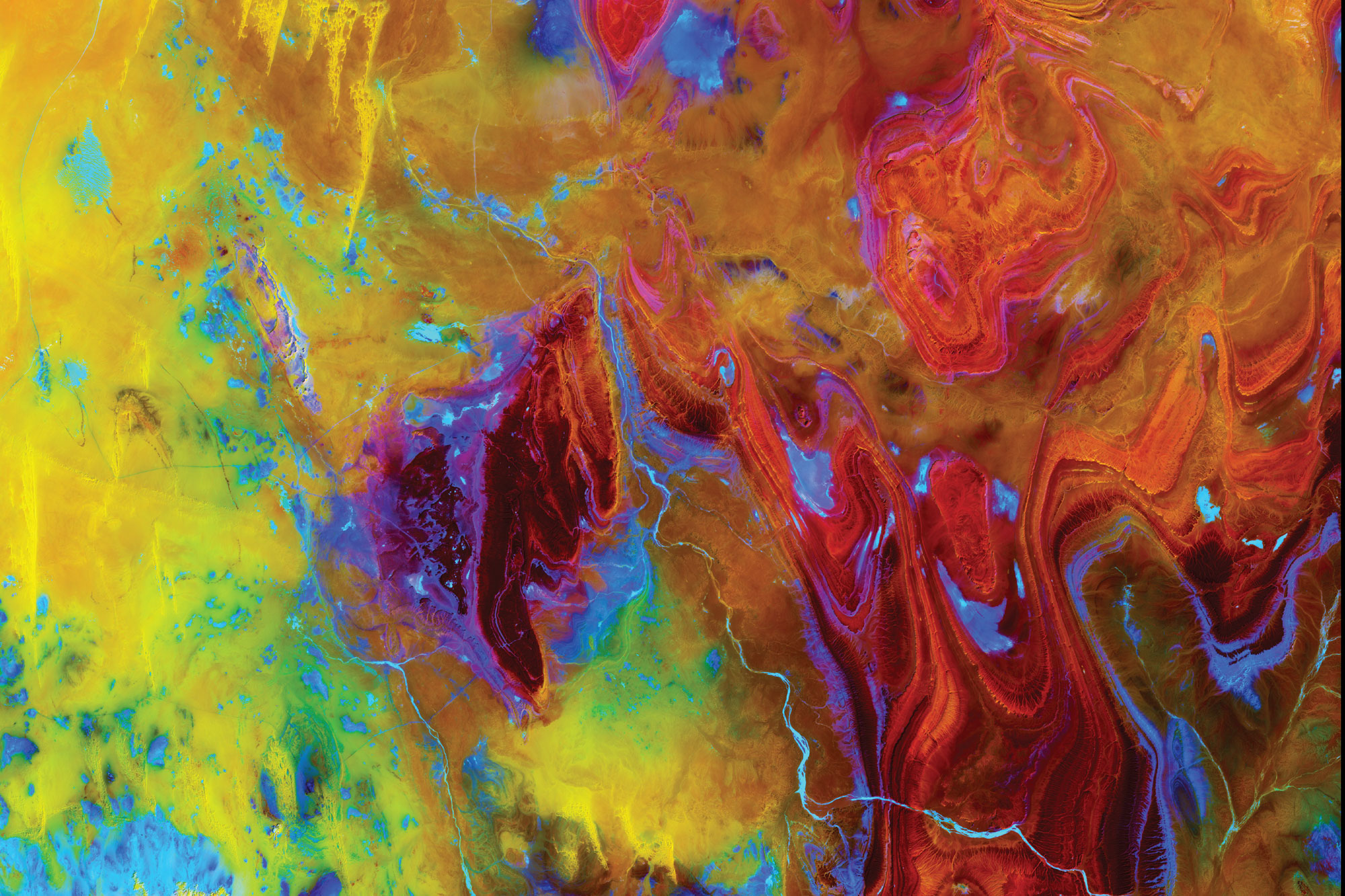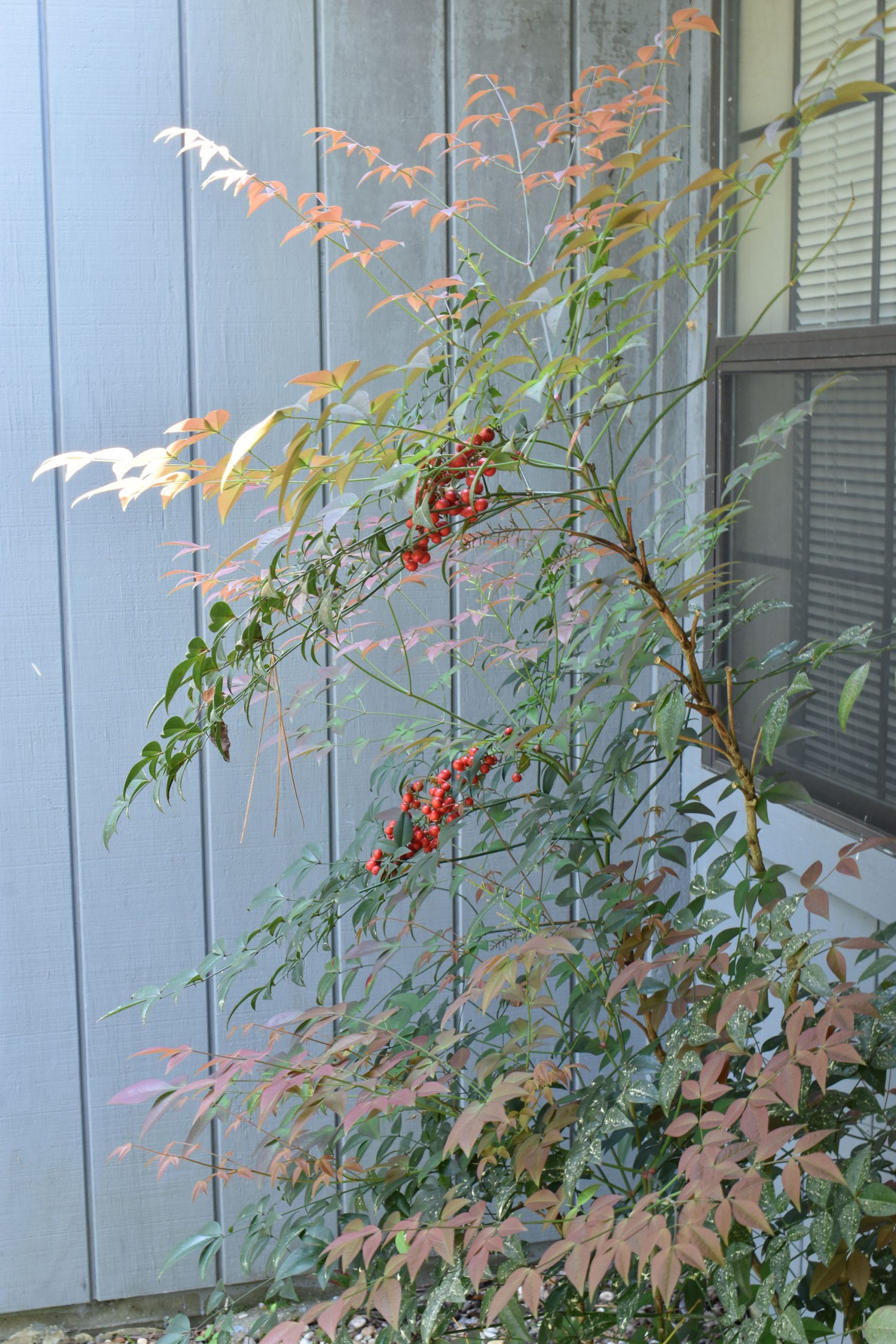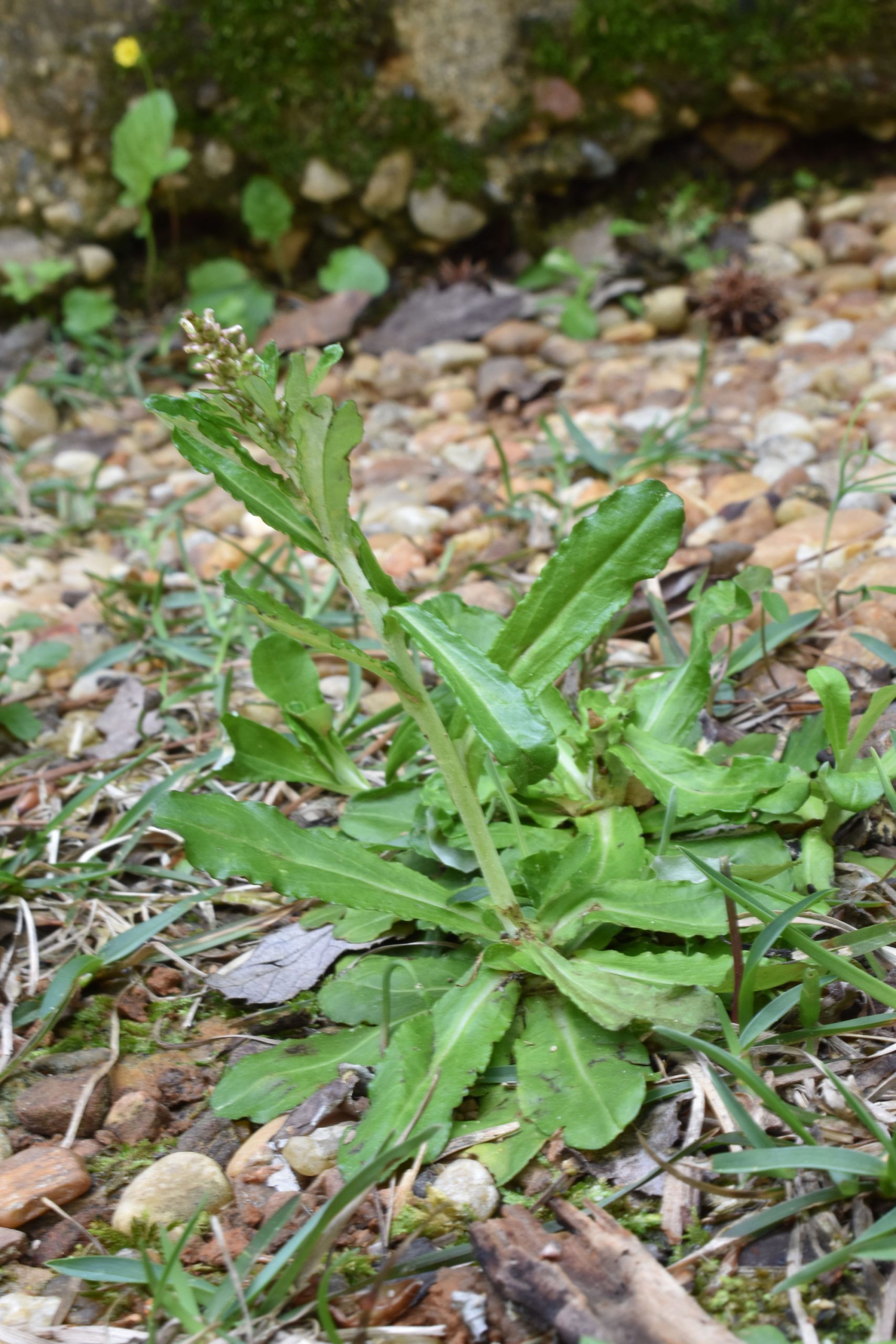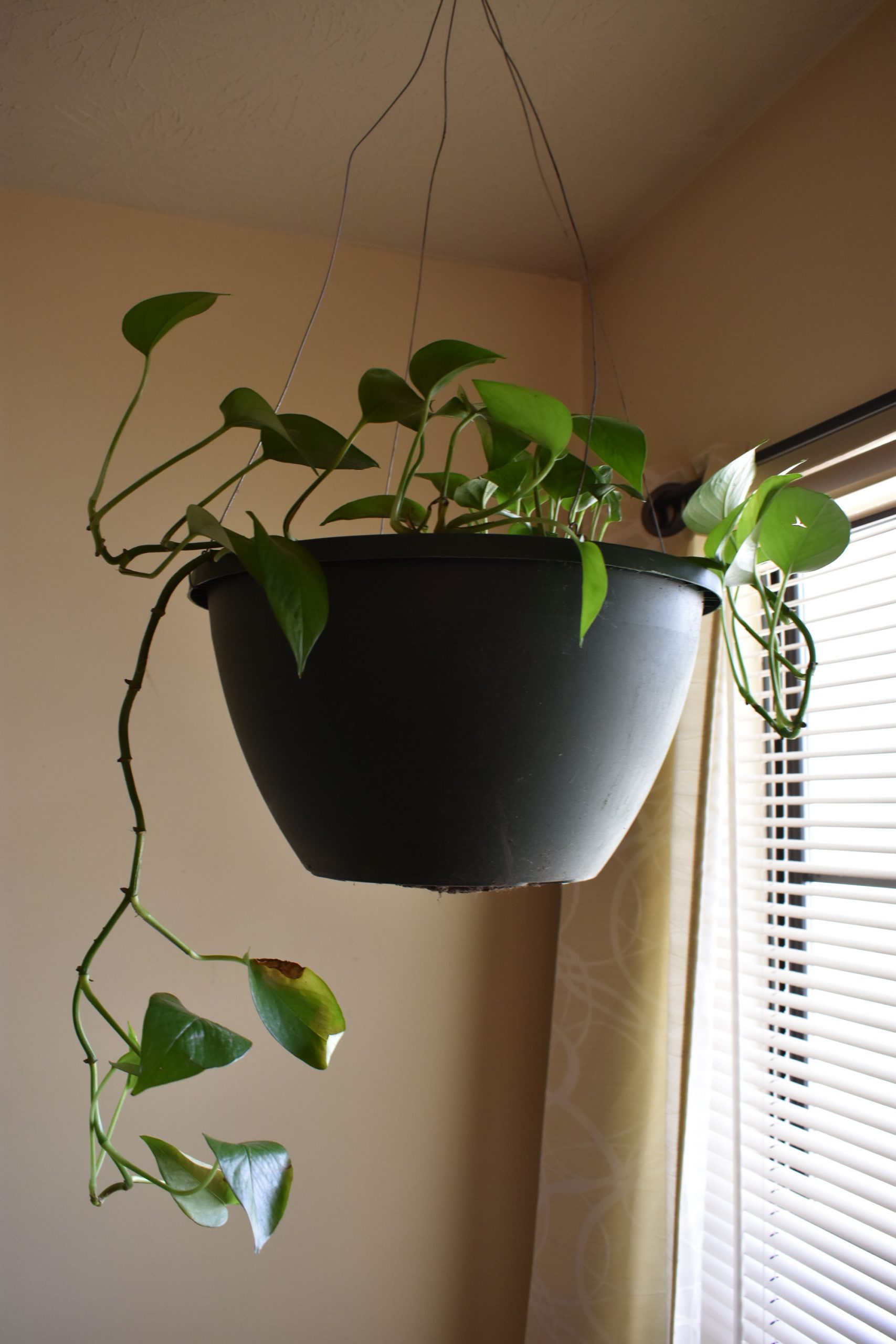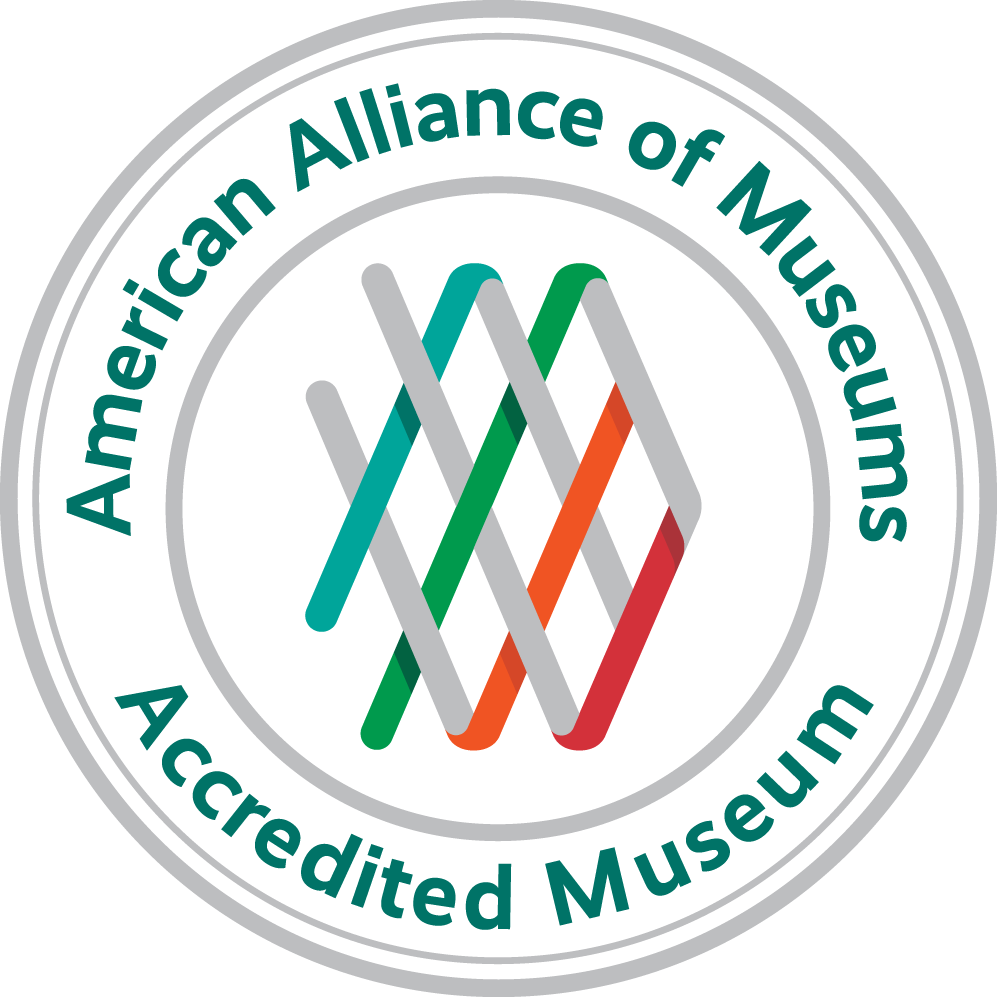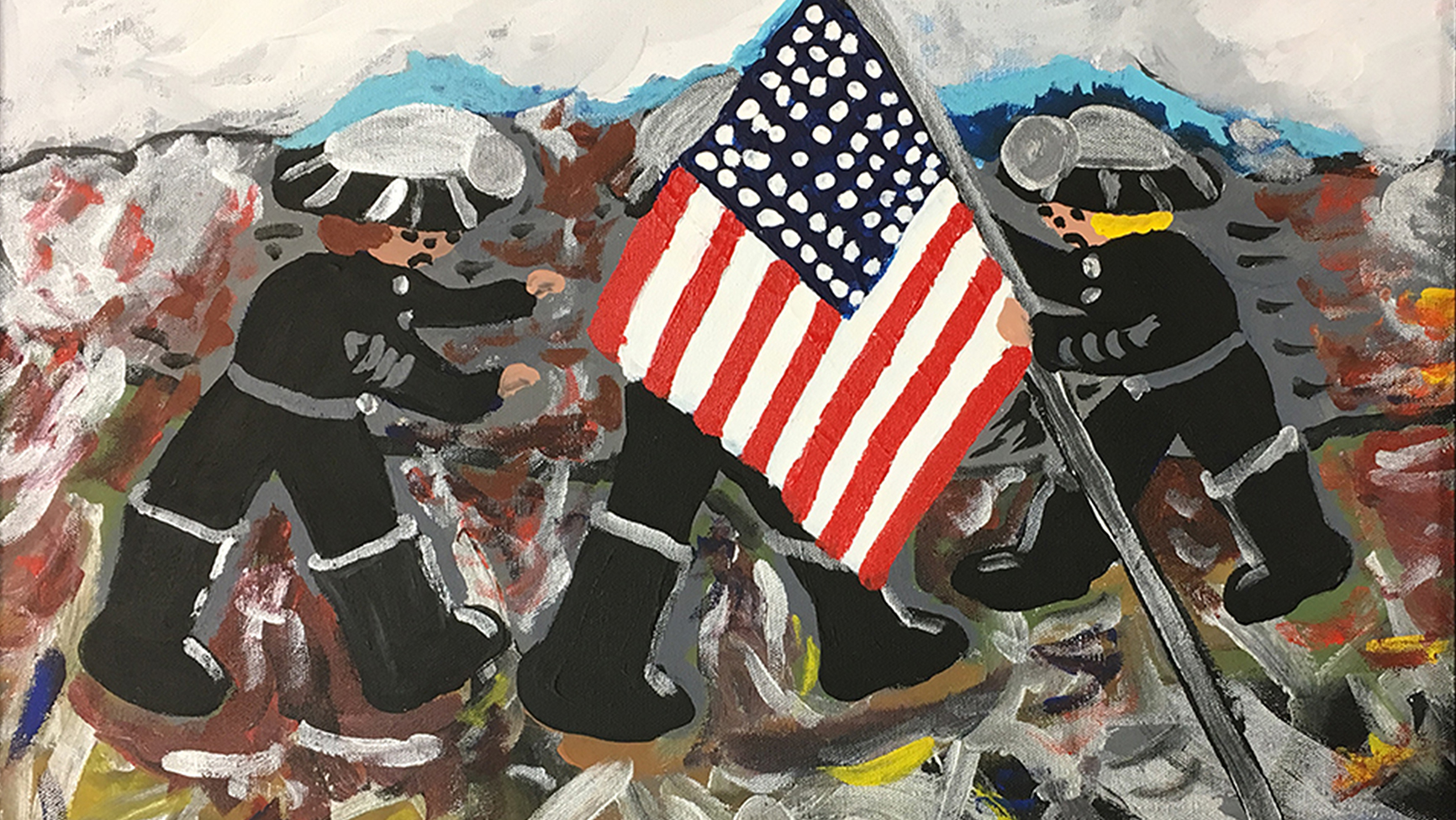

Our #MuseumFromHome activity is inspired by our monthlong theme of diversity, inclusion and equity. Fitting, then, that we draw upon the work of Bernice Sims and the exhibition, “From Her Innermost Self: Visionary Art of Southern Women.”
Sims made art about important times in history that she experienced. In this work, she remembered the first responders during 9/11.
Like Bernice Sims, we can also make artwork about our experiences while we stay at home. Creating art can help you go through big feelings you may have or recognize people who change the world for the better. What is something that has happened in your lifetime?
What You’ll Need
Instructions
Before you begin, take a minute to think about some of the things you’ve seen or done that are really interesting to you. These can be things we are experiencing right now or another really important event in your life.
When you are finished, go ahead and use your pencil to sketch out your idea on paper. Bernice Sims’ style was very simple and clean, so try not to get too caught up in intricate details.
Finally, color in the picture.
Once you are done, share your work with others. Maybe even hang the work in your home or post to social media. We’d love to share your creation online @JCSMAuburn.
